Leica TL2: The Image Gallery
Here is a page with simply some of the photographs I made with the Leica TL2. I find that the camera invites to take color photographs.
Join the Leica T/TL/TL2 User Forum on Facebook for more samples of what peoole use the Leica TL2 for.
<-- Also visit Page 1 of this article, "Leica TL2: A professional camera that is as simple as an iPhone"
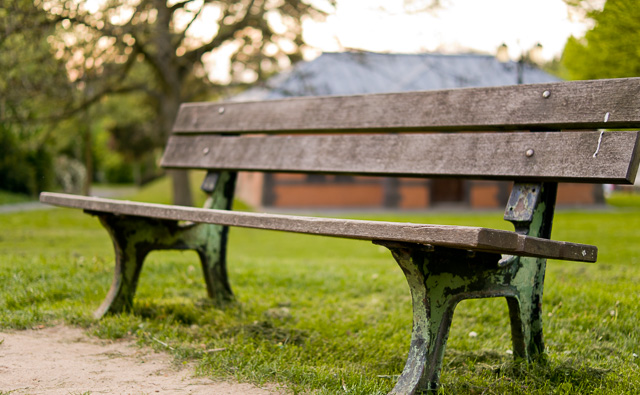
Wetzlar, Germany. Leica TL2 with Leica 35mm Summilux-TL ASPH f/1.4. © Thorsten Overgaard.
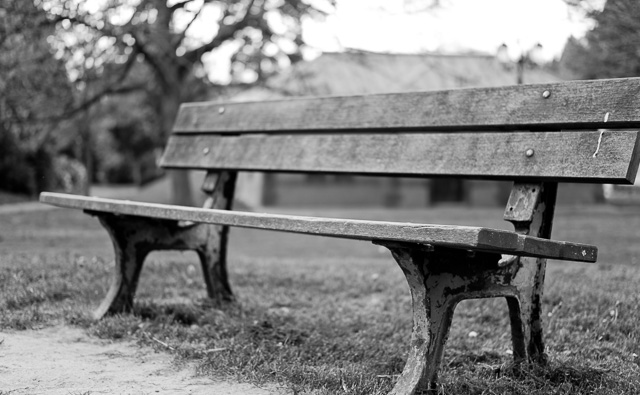
Wetzlar, Germany. Leica TL2 with Leica 35mm Summilux-TL ASPH f/1.4. © Thorsten Overgaard.
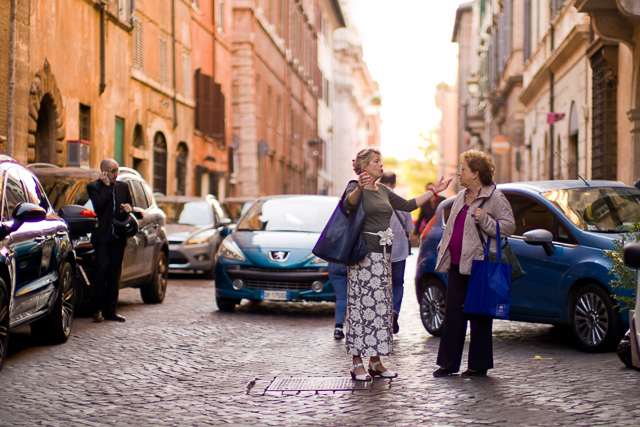
The beautiful street, via Giulia in Rome. Leica TL2 with Leica 50mm Noctilux-M ASPH f/0.95. © Thorsten Overgaard.
| |
|
|
|
|
| |
New from Thorsten Overgaard:
"Leica TL2 Video Class" |
|
| |
|
|
|
|
| |
 |
|
Thorsten Overgaard
Leica TL2/TL/T
Video Course
Quickstart TL2 Video Course
Enjoy this easy to use video class with
Thorsten Overgaard going over everything you need
to know to enjoy the Leica TL2.
Everything on focusing, adapters, white balance,
settings, the complete menu ... and much more.
For computer, iPad, smartphone and Kindle.
Buy Now. Only $179.00
100% satisfaction or 100% return.
|
|
| |
#1792-0817 |
|
Order now. Instant delivery. |
|
| |
|
|
|
|
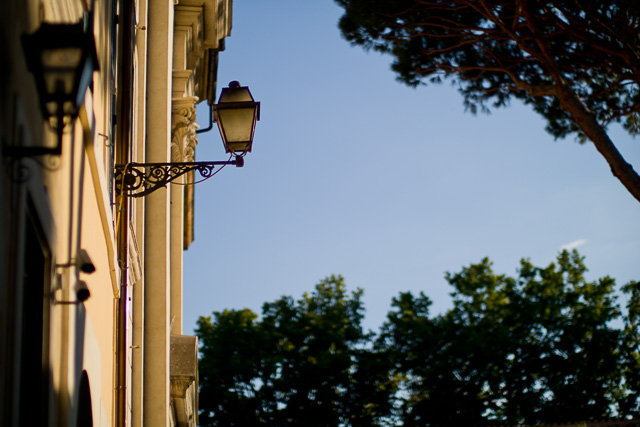
Leica TL2 with Leica 50mm Noctilux-M ASPH f/0.95. © Thorsten Overgaard.
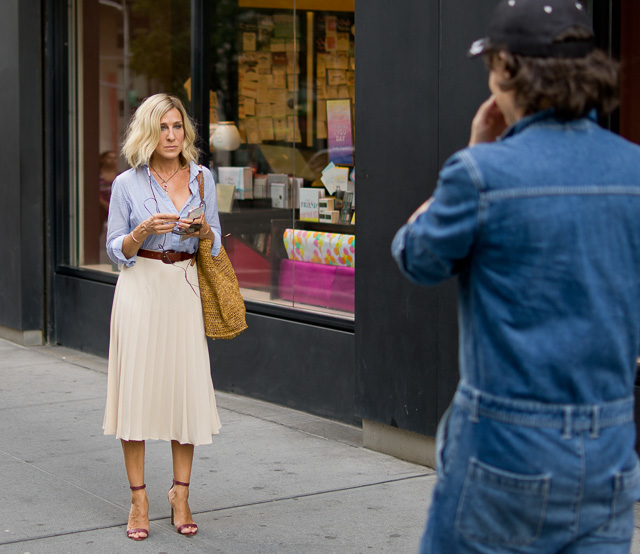
Sarah Jessica Parker on 6th Ave in New York, second day on set with director Fabien Constant, filming the romantic drama "Best Day of My Life". Leica TL2 with Leica 35mm Summilux-TL ASPH f/1.4. © Thorsten Overgaard.
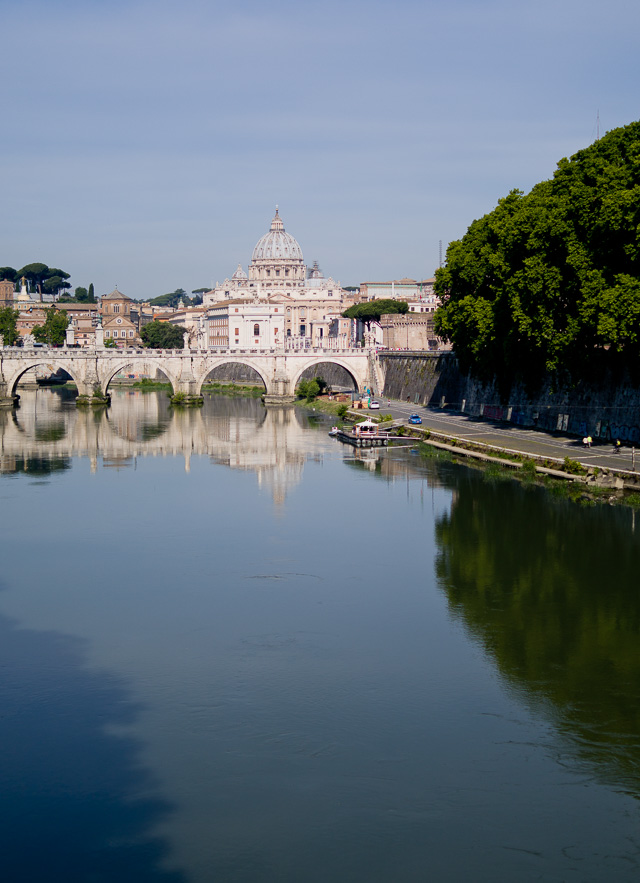
The da Vinci bridge in Rome. Leica TL2 with Leica 35mm Summilux-TL ASPH f/1.4. © Thorsten Overgaard.
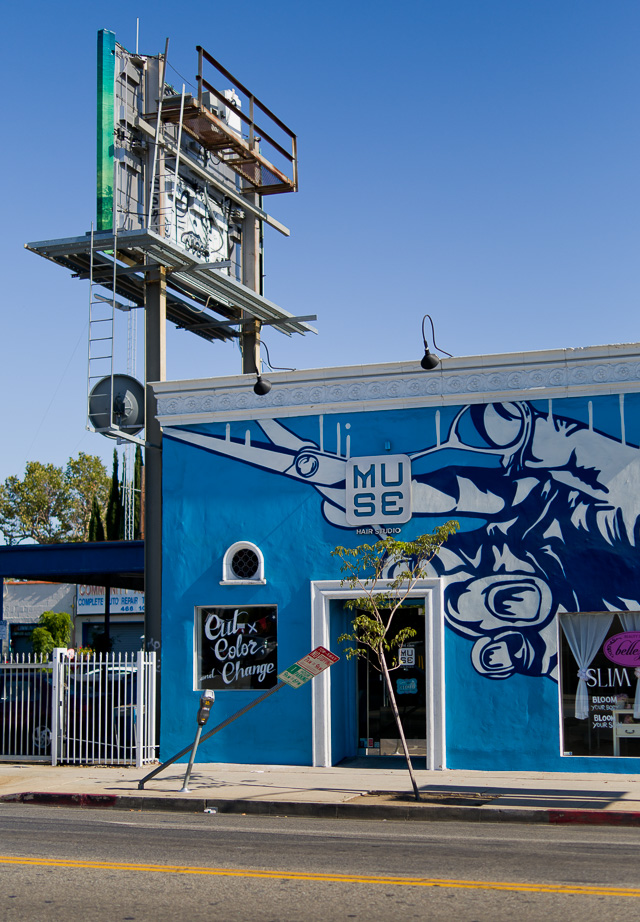
Melrose Avenue, Los Angeles. Leica TL2 with Leica 35mm Summilux-TL ASPH f/1.4. © Thorsten Overgaard.
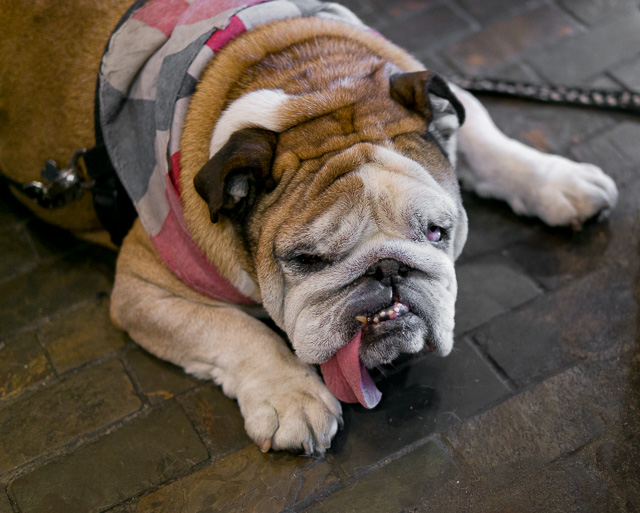
Leica TL2 with Leica 35mm Summilux-TL ASPH f/1.4. © Thorsten Overgaard.
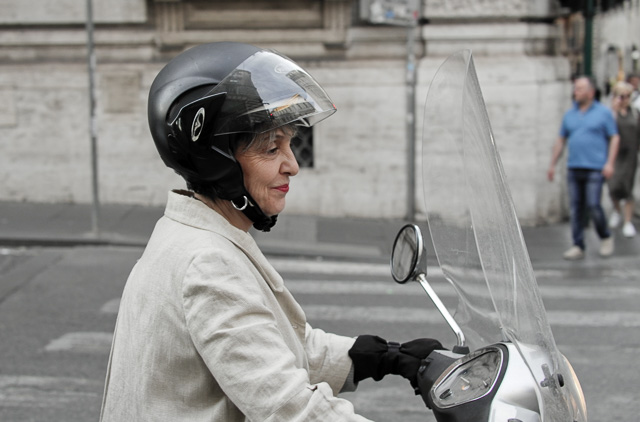
Rome. Leica TL2 with Leica 35mm Summilux-TL ASPH f/1.4. © Thorsten Overgaard.
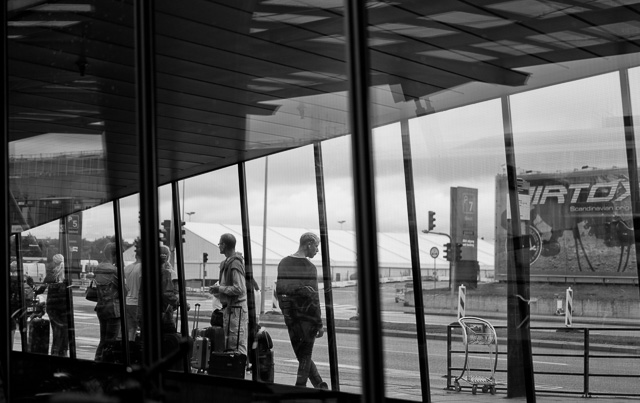
Busstop in Copenhagen. Leica TL2 with Leica 35mm Summilux-TL ASPH f/1.4. © Thorsten Overgaard.
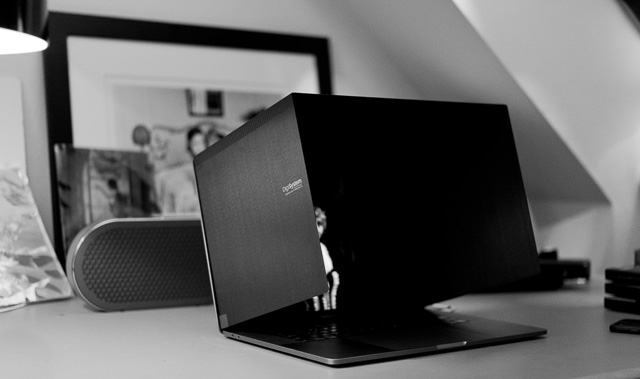
Working on editing pictures with the DigiShade Lite. Leica TL2 with Leica 35mm Summilux-TL ASPH f/1.4. © Thorsten Overgaard.
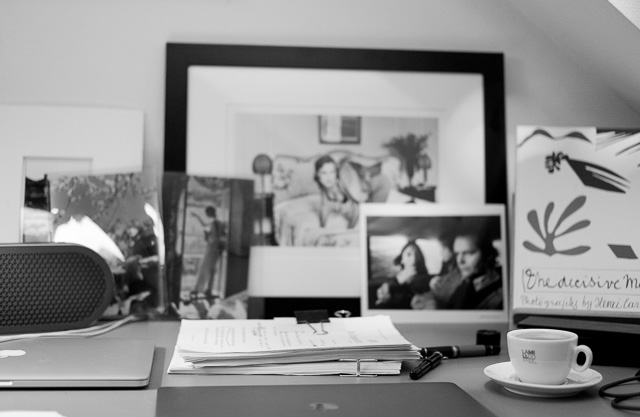
Some times it's nice to put the screens away and simply scribble on some paper! Leica TL2 with Leica 35mm Summilux-TL ASPH f/1.4. © Thorsten Overgaard.
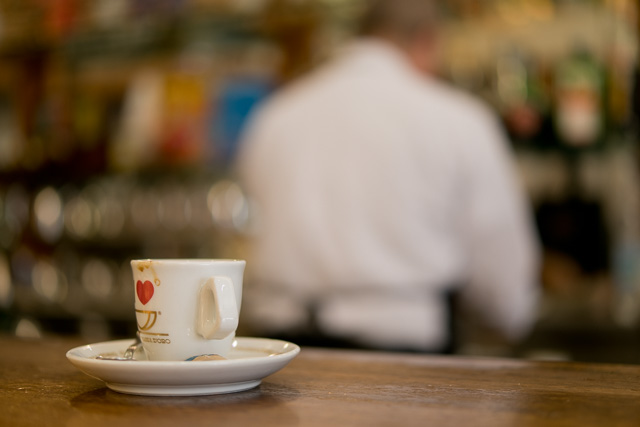
Leica TL2 with Leica 35mm Summilux-TL ASPH f/1.4. © Thorsten Overgaard.

Leica TL2 with Leica 35mm Summilux-TL ASPH f/1.4. © Thorsten Overgaard.
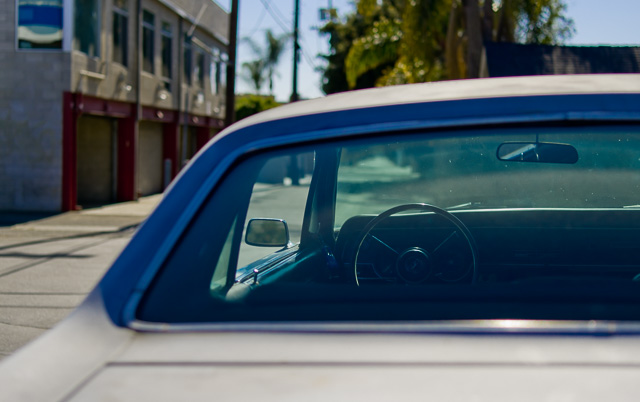
Classic Mercury Cougar in Los Angeles. Leica TL2 with Leica 35mm Summilux-TL ASPH f/1.4. © Thorsten Overgaard.
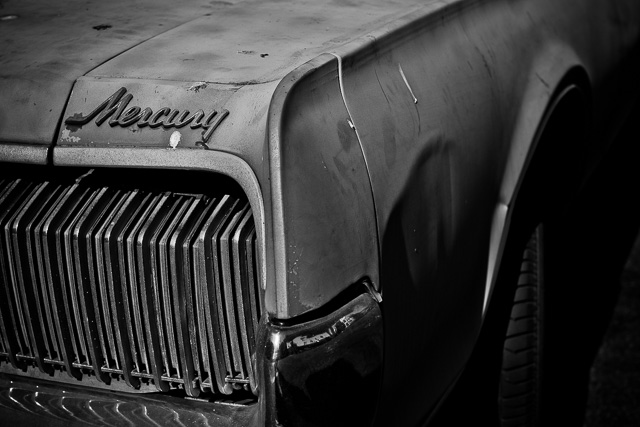
Mercury Cougar in Los Angeles. Leica TL2 with Leica 35mm Summilux-TL ASPH f/1.4. © Thorsten Overgaard.
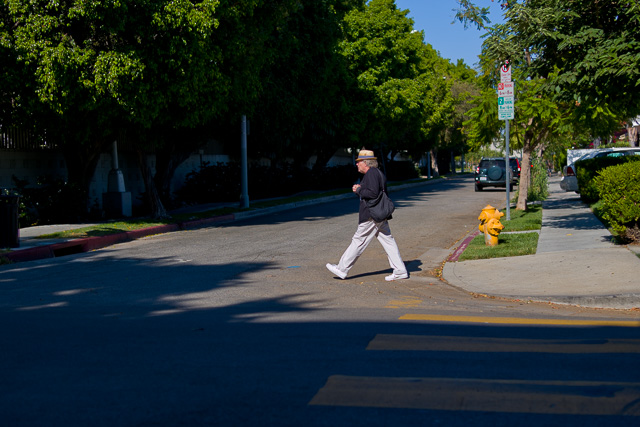
Korea-Town in Los Angeles. Leica TL2 with Leica 35mm Summilux-TL ASPH f/1.4. © Thorsten Overgaard.
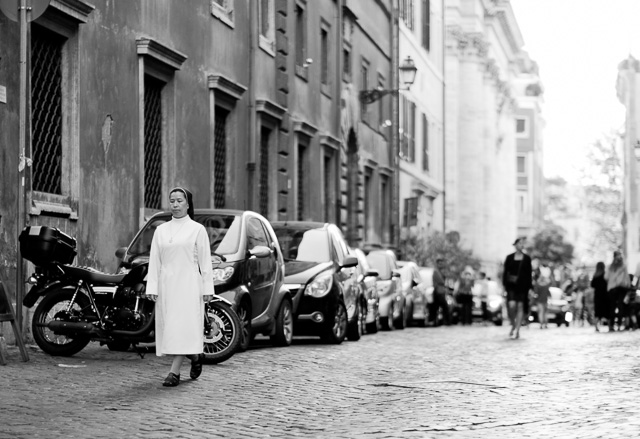
Rome. Leica TL2 with Leica 50mm Noctilux-M ASPH f/0.95. © Thorsten Overgaard.
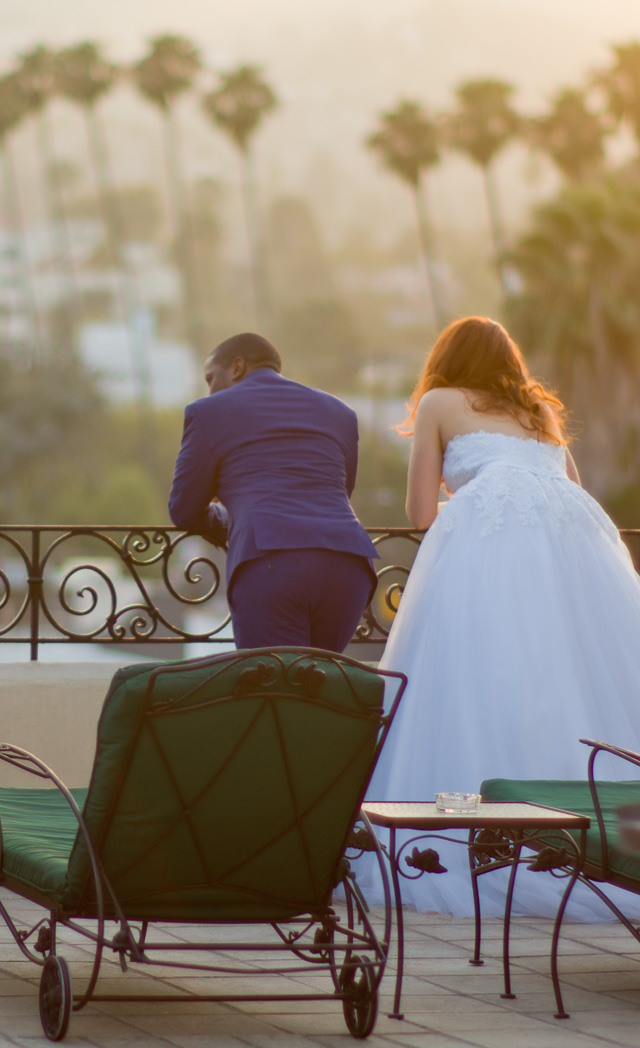
Behind a wedding shoot. Leica TL2 with Leica 80mm Summilux-R f/1.4. © Thorsten Overgaard.
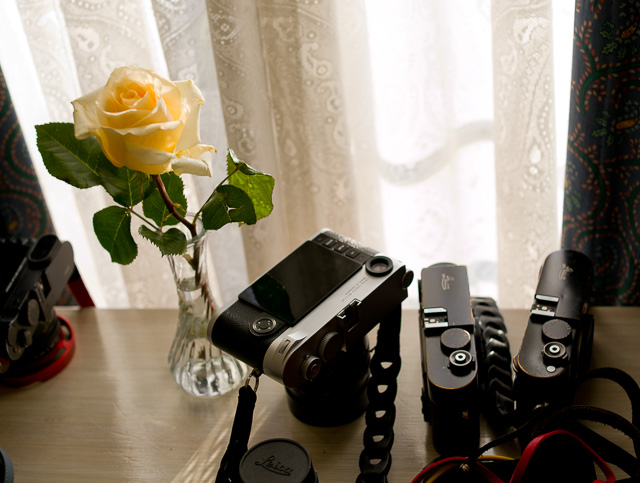
My desk. Leica TL2 with Leica 35mm Summilux-TL ASPH f/1.4. © Thorsten Overgaard.
| |
|
|
|
|
| |
New from Thorsten Overgaard:
"Leica TL2 Video Class" |
|
| |
|
|
|
|
| |
 |
|
Thorsten Overgaard
Leica TL2/TL/T
Video Course
Quickstart TL2 Video Course
Enjoy this easy to use video class with
Thorsten Overgaard going over everything you need
to know to enjoy the Leica TL2.
Everything on focusing, adapters, white balance,
settings, the complete menu ... and much more.
For computer, iPad, smartphone and Kindle.
Buy Now. Only $179.00
100% satisfaction or 100% return.
|
|
| |
#1792-0817 |
|
Order now. Instant delivery. |
|
| |
|
|
|
|
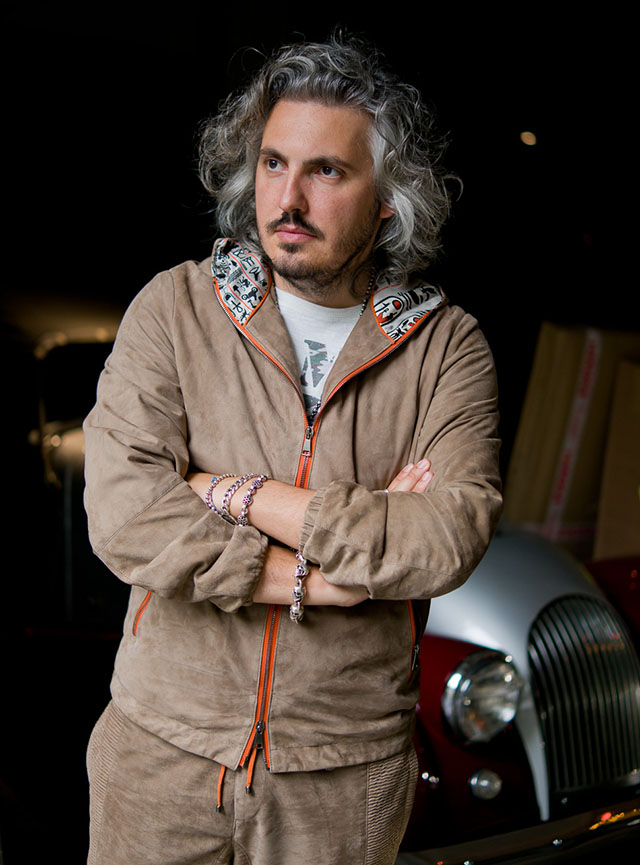
Designer Matteo Perin at Chateau Marmont Hotel in West Hollywood with 3200 ISO. Leica TL2 with Leica 35mm Summilux-TL ASPH f/1.4. © Thorsten Overgaard.
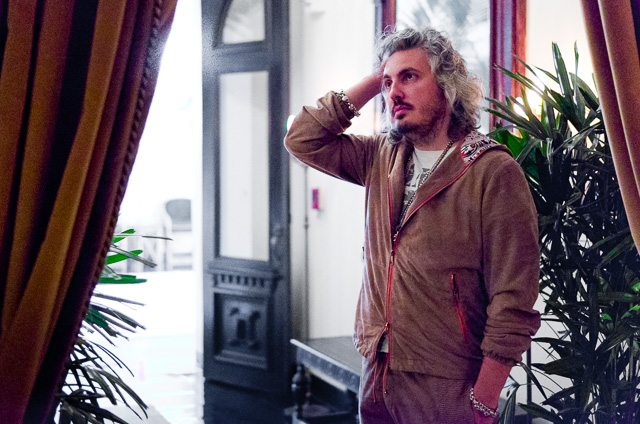
Designer Matteo Perin at Chateau Marmont Hotel in West Hollywood with 3200 ISO. Leica TL2 with Leica 35mm Summilux-TL ASPH f/1.4. © Thorsten Overgaard.
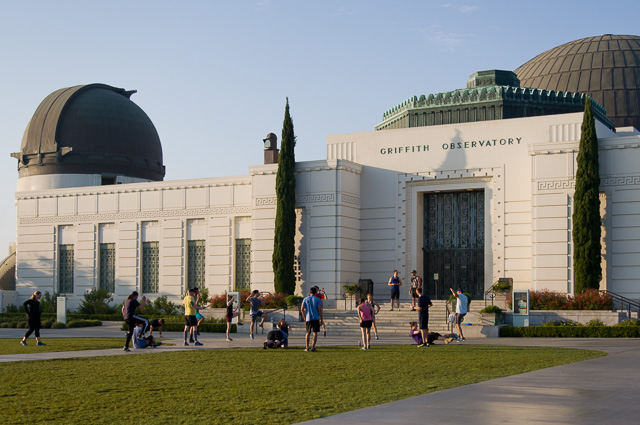
Griffith Observatory at 7 AM. Leica TL2 with Leica 35mm Summilux-TL ASPH f/1.4. © Thorsten Overgaard.
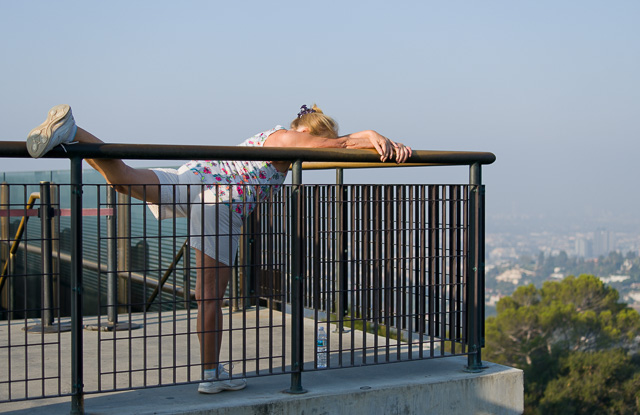
Griffith Observatory at 7 AM. Leica TL2 with Leica 35mm Summilux-TL ASPH f/1.4. © Thorsten Overgaard.

New York City skyline. Leica TL2 with Leica 35mm Summilux-TL ASPH f/1.4. © Thorsten Overgaard.
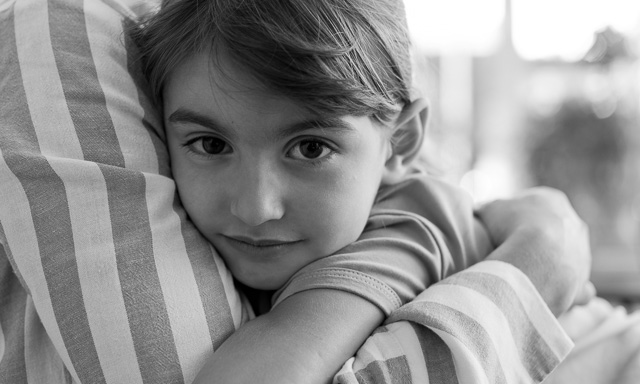
Leica TL2 with Leica 35mm Summilux-TL ASPH f/1.4. © Thorsten Overgaard.
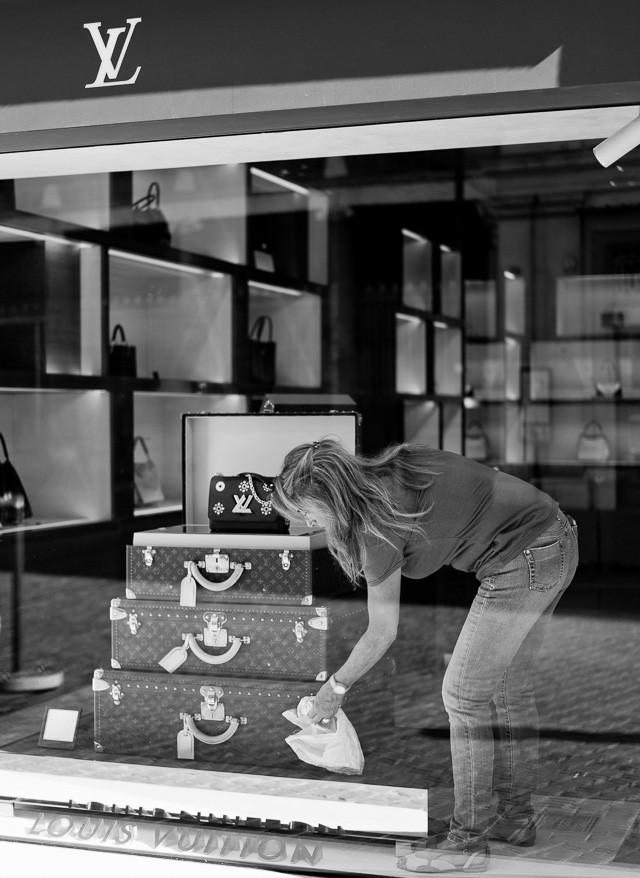
Getting ready for travel. Leica TL2 with Leica 35mm Summilux-TL ASPH f/1.4. © Thorsten Overgaard.
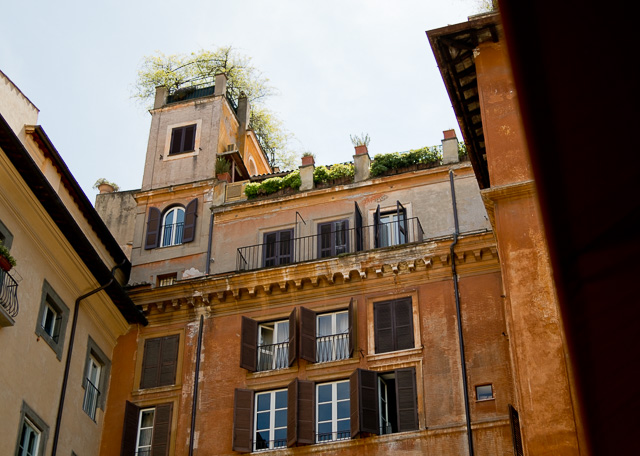
Piazza delle Coppelle in Rome. Leica TL2 with Leica 35mm Summilux-TL ASPH f/1.4. © Thorsten Overgaard.
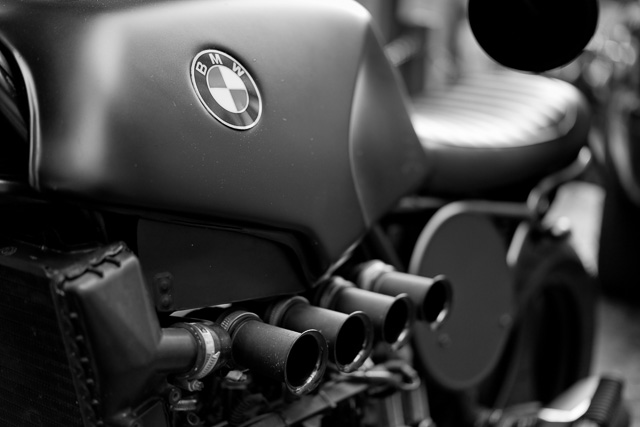
Leica TL2 with Leica 35mm Summilux-TL ASPH f/1.4. © Thorsten Overgaard.
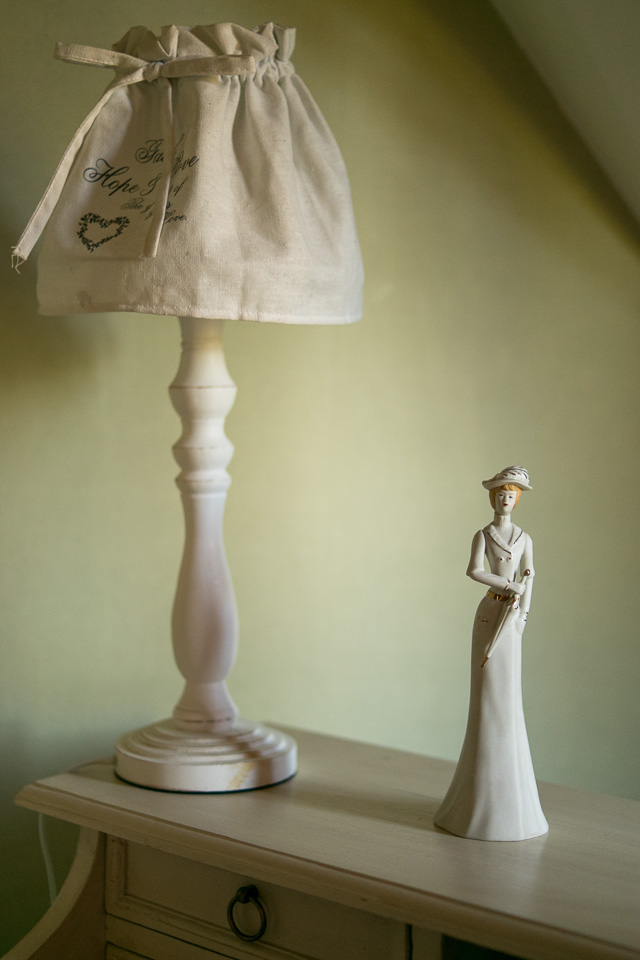
Hotel Goethe, Wetzlar. Leica TL2 with Leica 35mm Summilux-TL ASPH f/1.4. © Thorsten Overgaard.
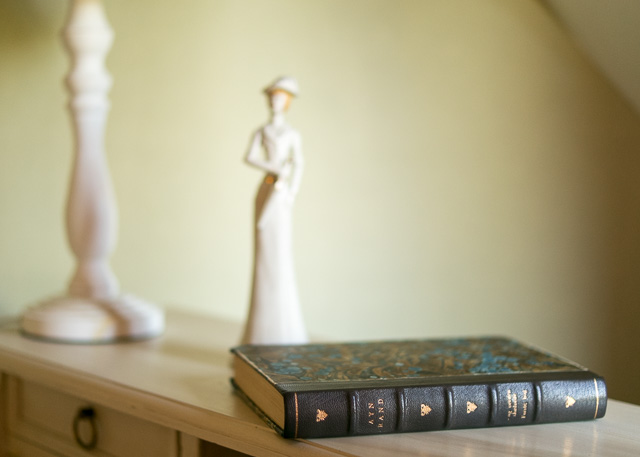
Hotel Goethe, Wetzlar. Leica TL2 with Leica 35mm Summilux-TL ASPH f/1.4. © Thorsten Overgaard.
| |
|
|
|
|
| |
New from Thorsten Overgaard:
"Leica TL2 Video Class" |
|
| |
|
|
|
|
| |
 |
|
Thorsten Overgaard
Leica TL2/TL/T
Video Course
Quickstart TL2 Video Course
Enjoy this easy to use video class with
Thorsten Overgaard going over everything you need
to know to enjoy the Leica TL2.
Everything on focusing, adapters, white balance,
settings, the complete menu ... and much more.
For computer, iPad, smartphone and Kindle.
Buy Now. Only $179.00
100% satisfaction or 100% return.
|
|
| |
#1792-0817 |
|
Order now. Instant delivery. |
|
| |
|
|
|
|
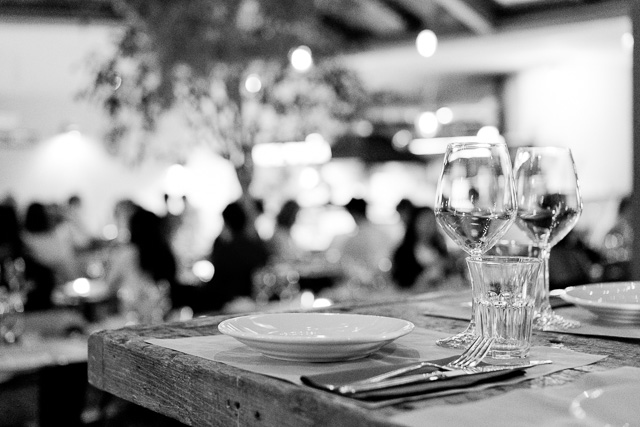
Bar del Fico in Rome. Leica TL2 with Leica 35mm Summilux-TL ASPH f/1.4. © Thorsten Overgaard.

The owner of the small Bar della Vite cafe in Rome is out and about all day. Leica TL2 with Leica 35mm Summilux-TL ASPH f/1.4. © Thorsten Overgaard.
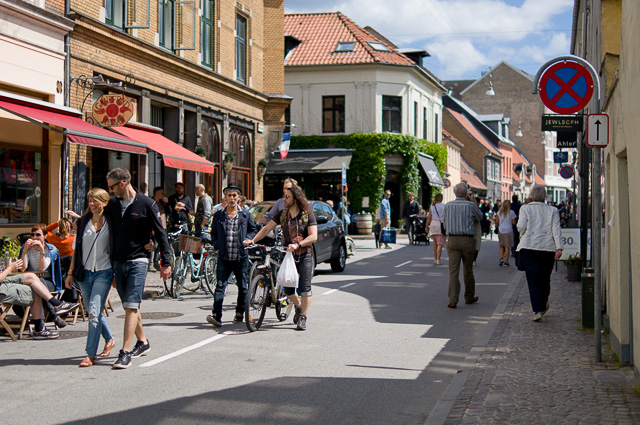
Aarhus, Denmark. Leica TL2 with Leica 35mm Summilux-TL ASPH f/1.4. © Thorsten Overgaard.
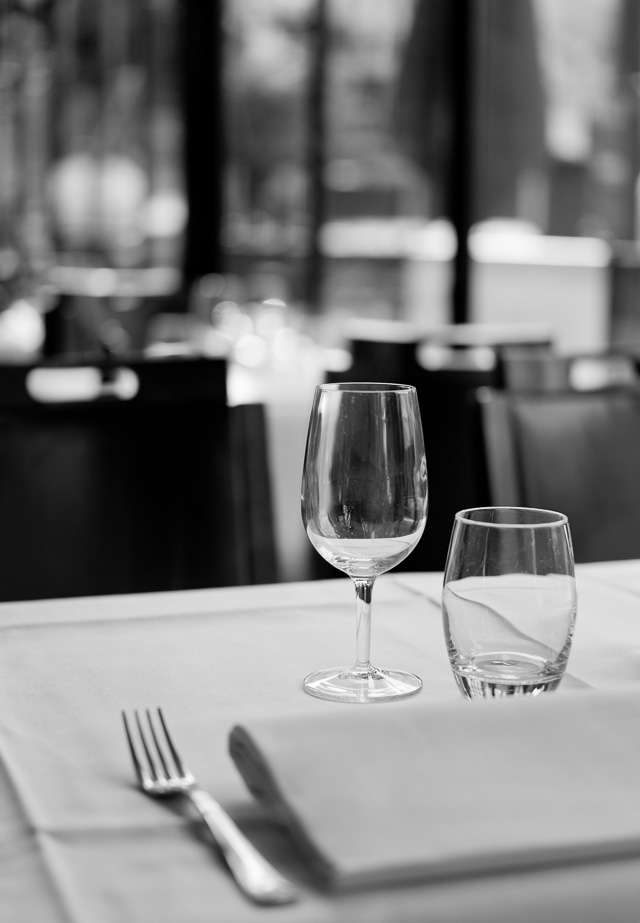
Leica TL2 with Leica 35mm Summilux-TL ASPH f/1.4. © Thorsten Overgaard.
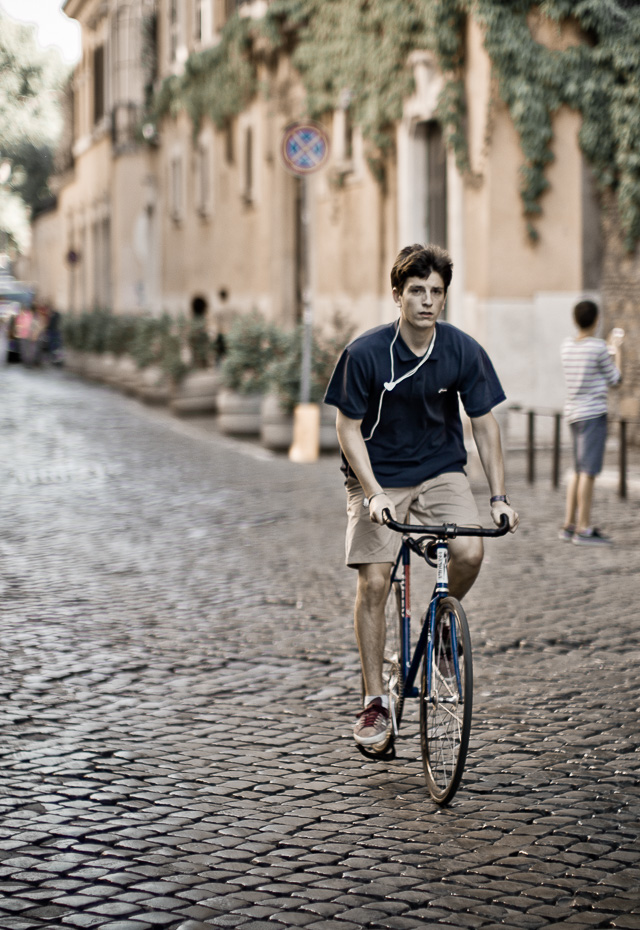
Sunset on via Giulia in Rome. Leica TL2 with Leica 50mm Noctilux-M ASPH f/0.95. © Thorsten Overgaard.

Restaurant Le Jules Verne in the Eiffel Tower in Paris. Leica TL2 with Leica 35mm Summilux-TL ASPH f/1.4. © Thorsten Overgaard.
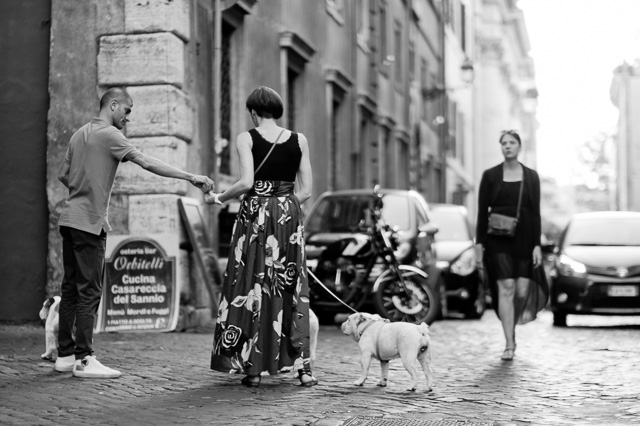
Rome. Leica TL2 with Leica 50mm Noctilux-M ASPH f/0.95. © Thorsten Overgaard.
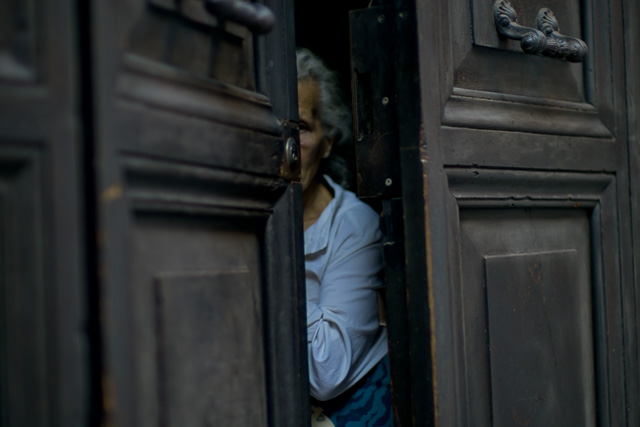
Rome. Leica TL2 with Leica 50mm Noctilux-M ASPH f/0.95. © Thorsten Overgaard.
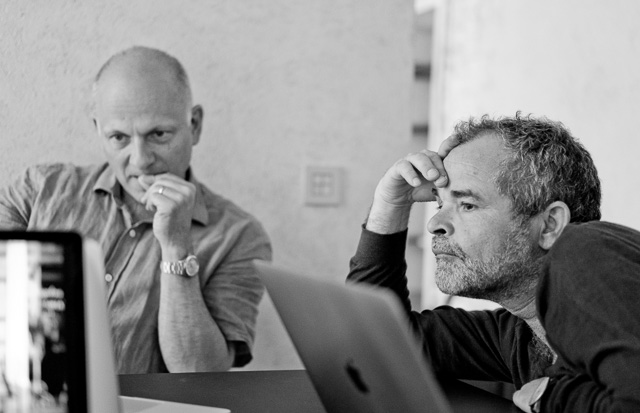
Editing in the Overgaard Workshop in Rome. Leica TL2 with Leica 50mm Noctilux-M ASPH f/0.95. © Thorsten Overgaard.
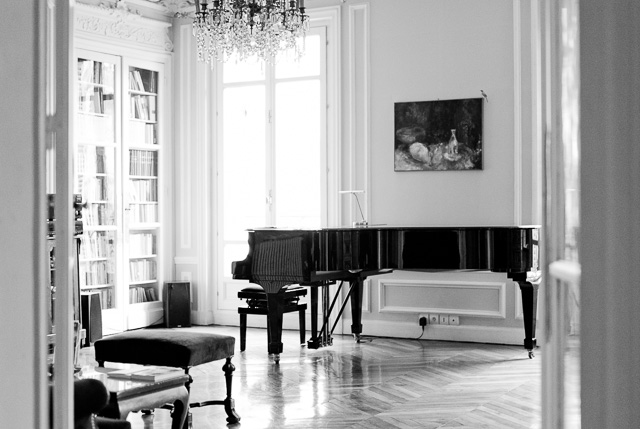
The Steinway Piano. Leica TL2 with Leica 35mm Summilux-TL ASPH f/1.4. © Thorsten Overgaard.
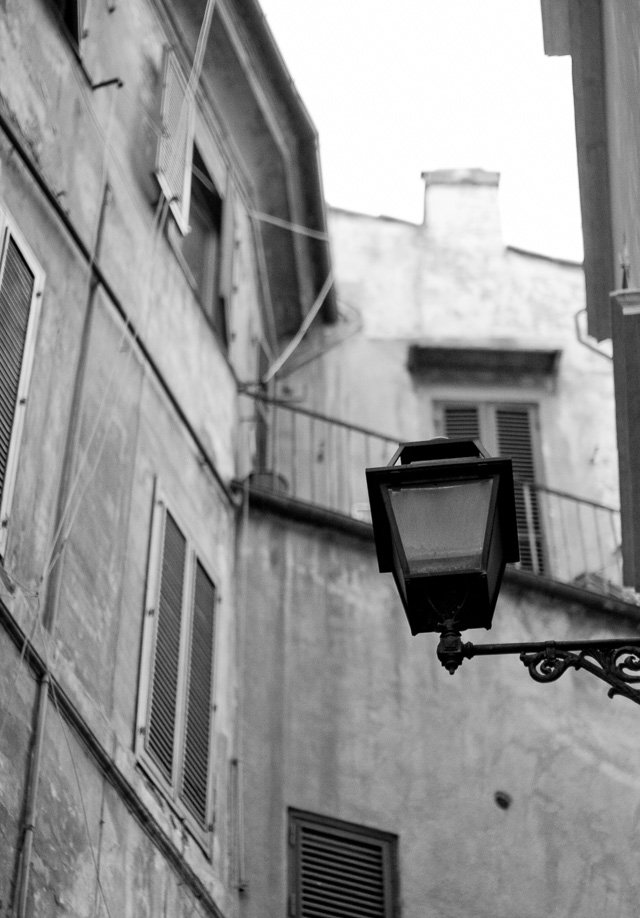
Rome. Leica TL2 with Leica 50mm Noctilux-M ASPH f/0.95. © Thorsten Overgaard.
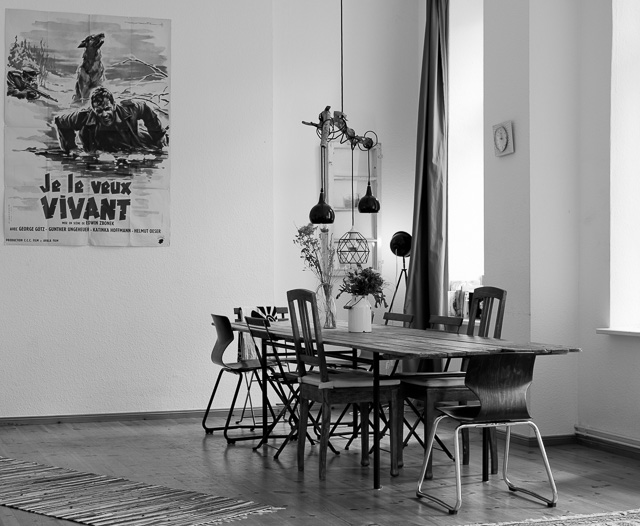
Leica TL2 with Leica 35mm Summilux-TL ASPH f/1.4. © Thorsten Overgaard.
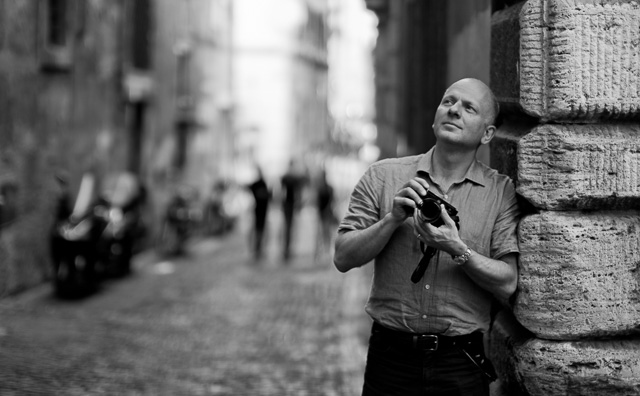
Mark Simenacz in the portrait session in the Overgaard Workshop in Rome. Leica TL2 with Leica 50mm Noctilux-M ASPH f/0.95. © Thorsten Overgaard.
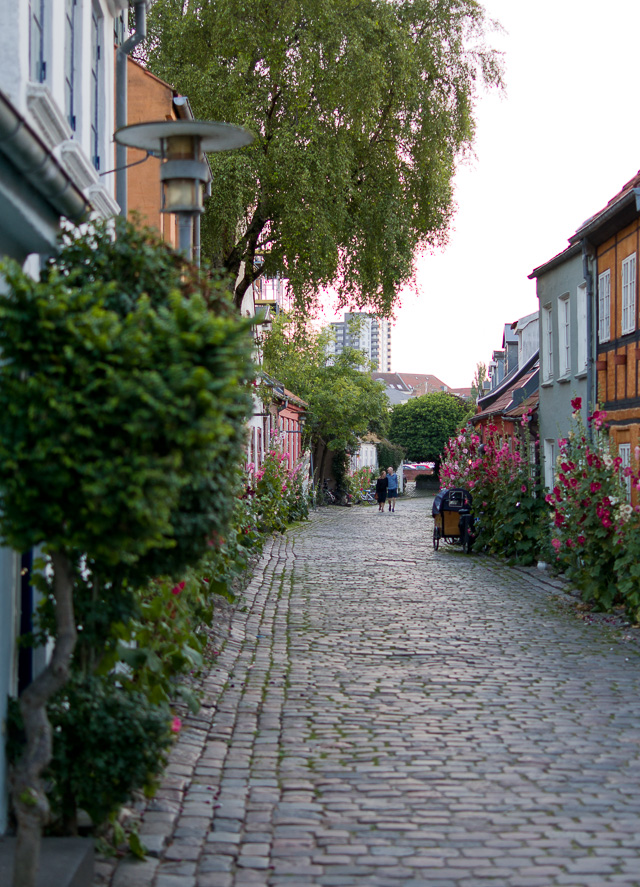
Moellestien in Aarhus, Denmark. Leica TL2 with Leica 35mm Summilux-TL ASPH f/1.4. © Thorsten Overgaard.
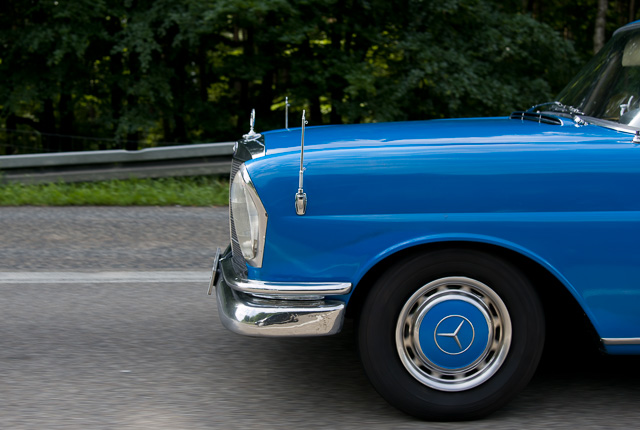
Drive-by photographing on the German Autobahn. Leica TL2 with Leica 35mm Summilux-TL ASPH f/1.4. © Thorsten Overgaard.

Leica TL2 with Leica 35mm Summilux-TL ASPH f/1.4. © Thorsten Overgaard.
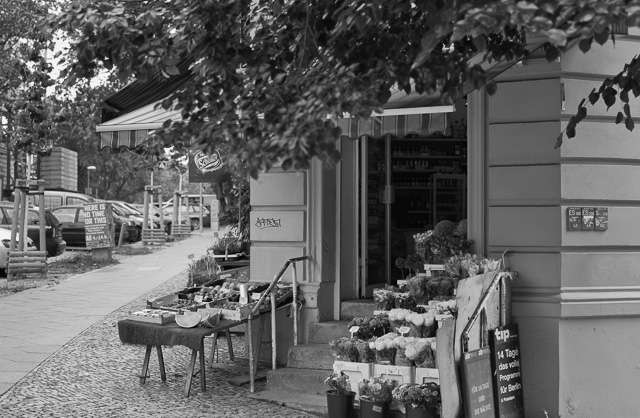
Leica TL2 with Leica 35mm Summilux-TL ASPH f/1.4. © Thorsten Overgaard.

Leica TL2 with Leica 35mm Summilux-TL ASPH f/1.4. © Thorsten Overgaard.
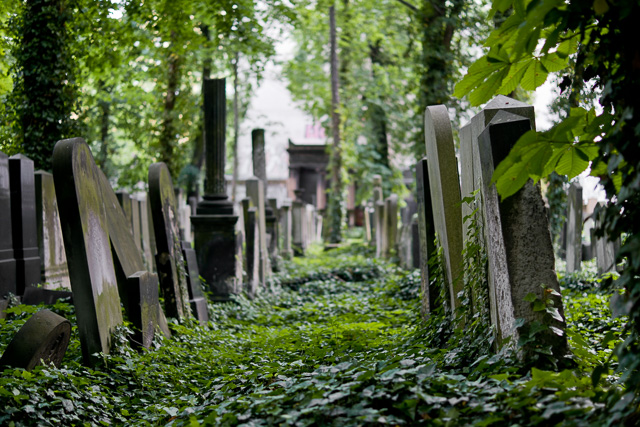
Jüdischer Friedhof Prenzlauer in Berlin. Leica TL2 with Leica 35mm Summilux-TL ASPH f/1.4. © Thorsten Overgaard.
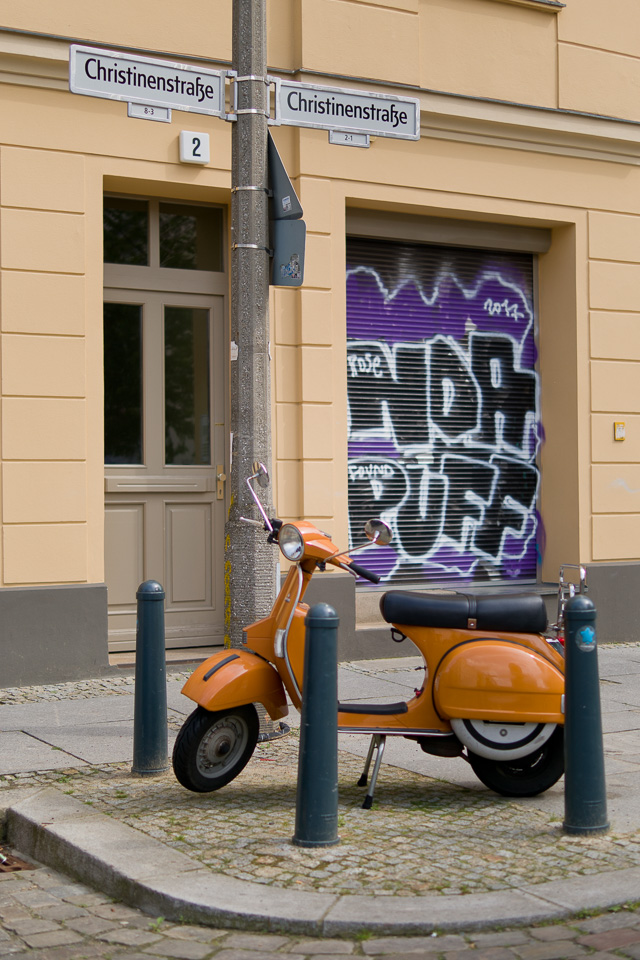
Brand new scooter in East Berlin. Leica TL2 with Leica 35mm Summilux-TL ASPH f/1.4. © Thorsten Overgaard.
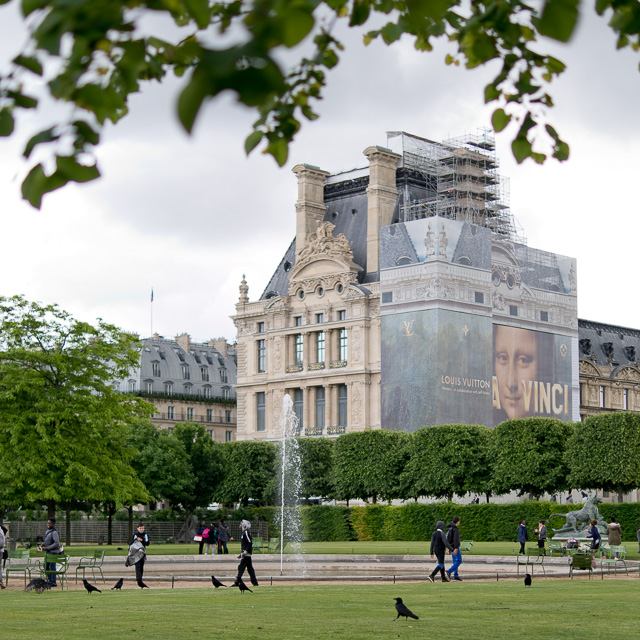
Jardin des Tuileries in Paris. Leica TL2 with Leica 35mm Summilux-TL ASPH f/1.4. © Thorsten Overgaard.
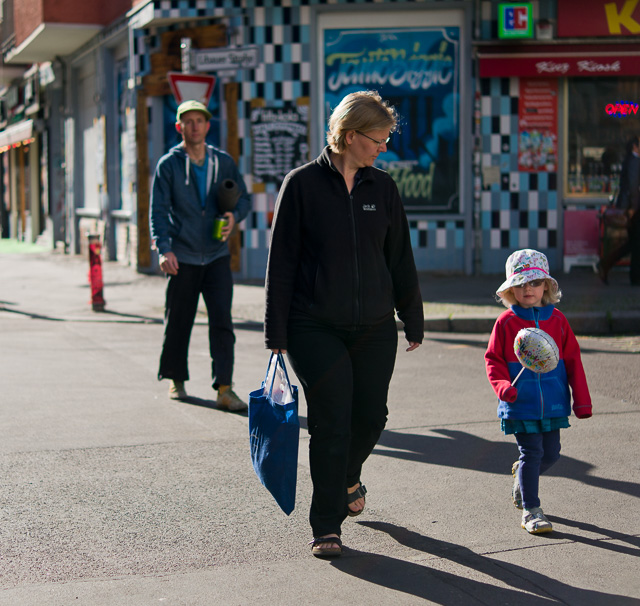
Morning sprite East Berlin. Leica TL2 with Leica 35mm Summilux-TL ASPH f/1.4. © Thorsten Overgaard.
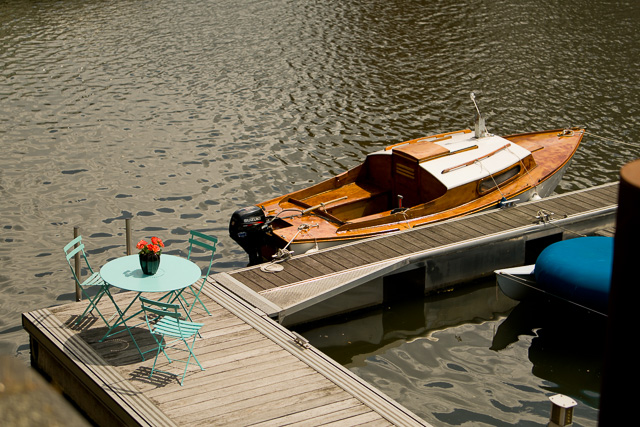
Leica TL2 with Leica 50mm Summilux-SL ASPH f/1.4. © Thorsten Overgaard.
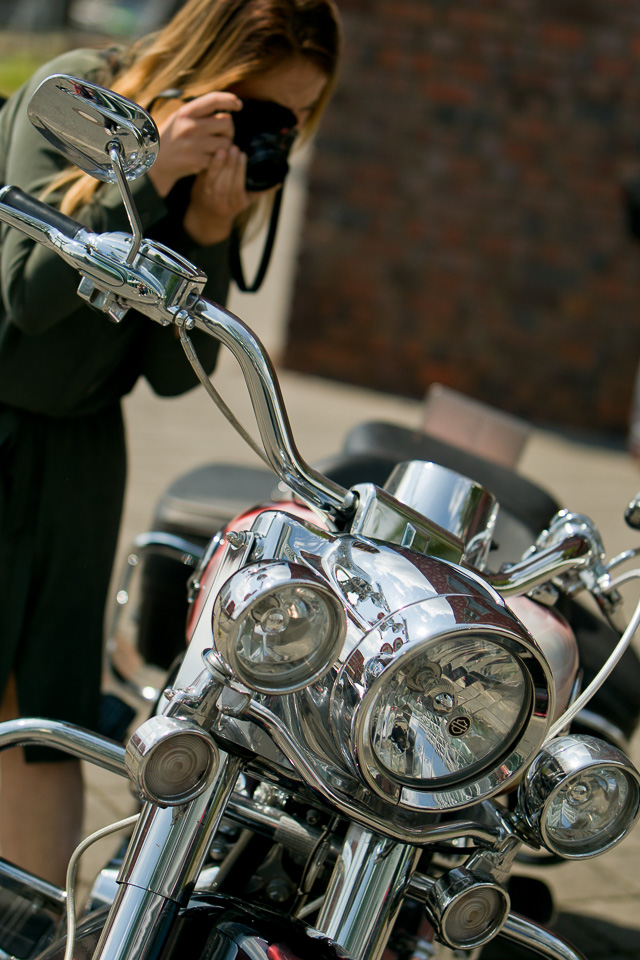
Working with the Leica Q. Leica TL2 with Leica 50mm Summilux-SL ASPH f/1.4. © Thorsten Overgaard.
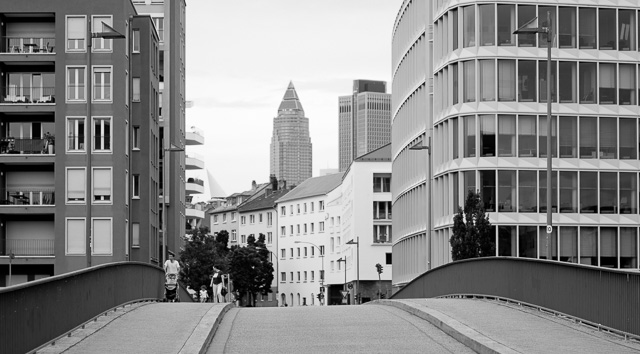
Frankfurt. Leica TL2 with Leica 50mm Summilux-SL ASPH f/1.4. © Thorsten Overgaard.
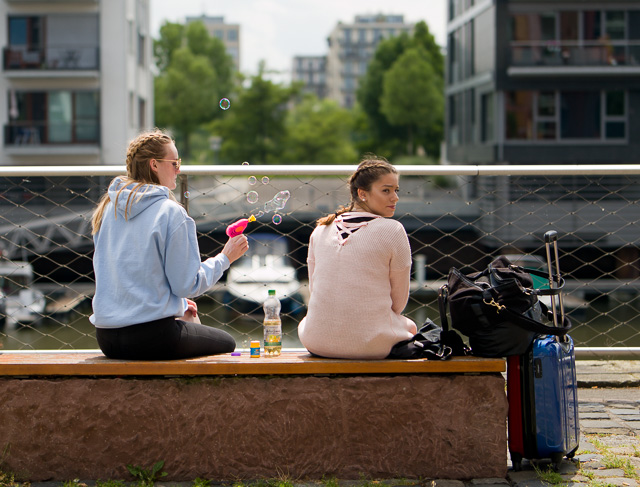
Frankfurt. Leica TL2 with Leica 50mm Summilux-SL ASPH f/1.4. © Thorsten Overgaard.
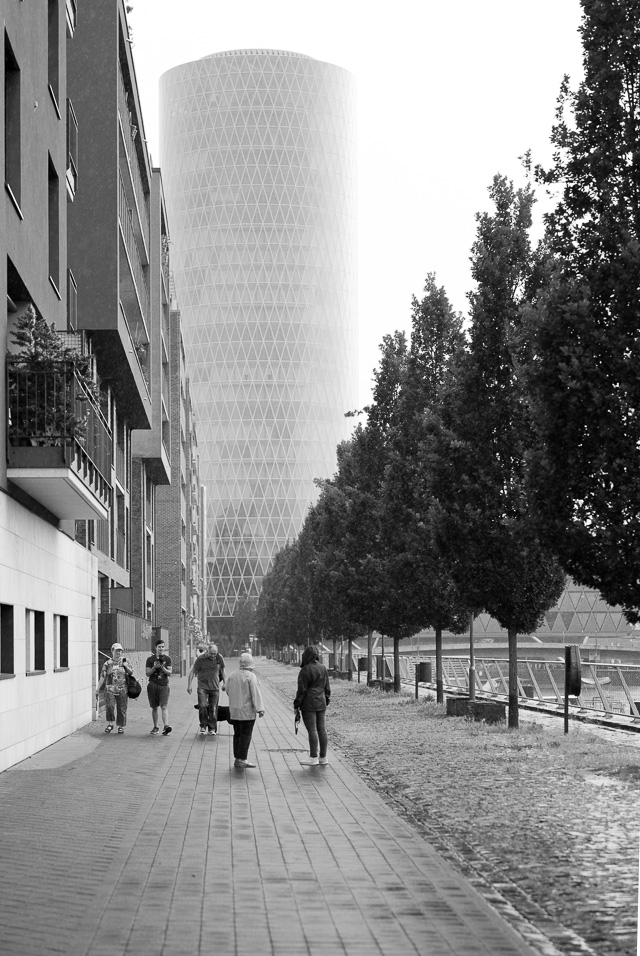
Westhafen, Frankfurt. Leica TL2 with Leica 50mm Summilux-SL ASPH f/1.4. © Thorsten Overgaard.
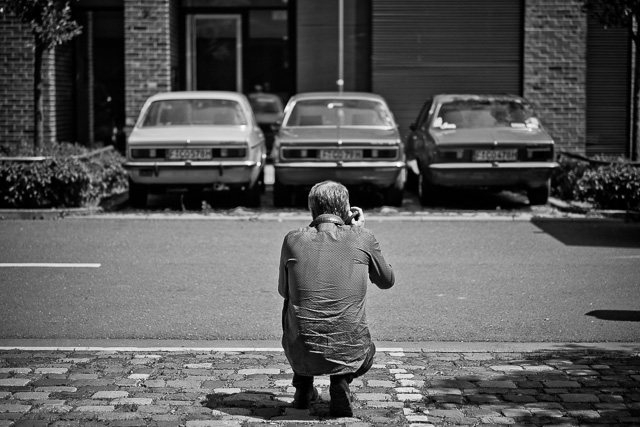
The Overgaard Workshop in Frankfurt. Leica TL2 with Leica 50mm Summilux-SL ASPH f/1.4. © Thorsten Overgaard.
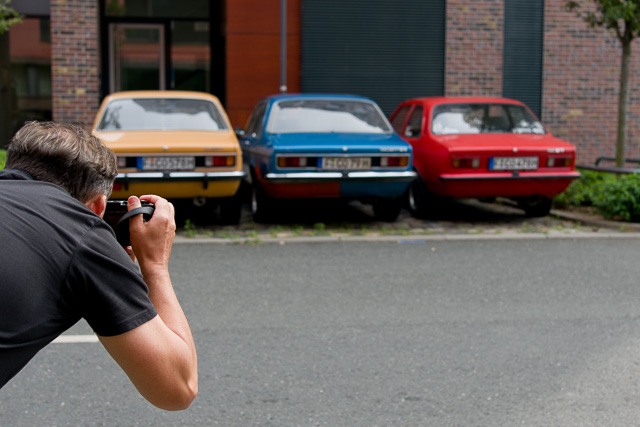
Color photography made easy in the Overgaard Workshop in Frankfurt. Leica TL2 with Leica 35mm Summilux-TL ASPH f/1.4. © Thorsten Overgaard.

A sailboat in Westhafen, Frankfurt. Leica TL2 with Leica 50mm Summilux-SL ASPH f/1.4. © Thorsten Overgaard.
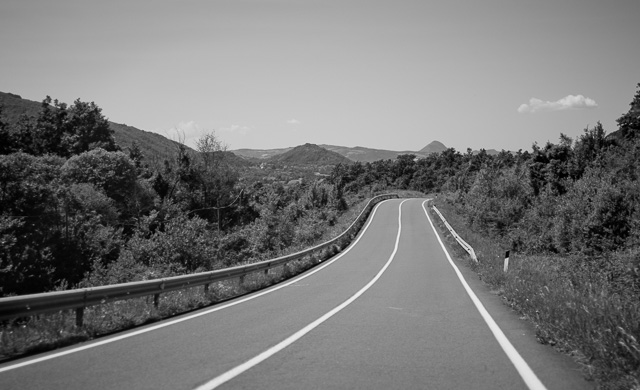
Italy. Leica TL2 with Leica 35mm Summilux-TL ASPH f/1.4. © Thorsten Overgaard.
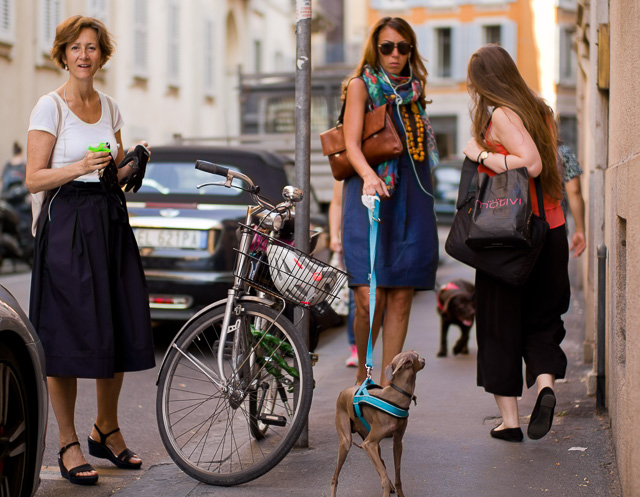
The fashion capital, Milano. Leica TL2 with Leica 50mm Summilux-M ASPH f/1.4 Black Chrome. © Thorsten Overgaard.
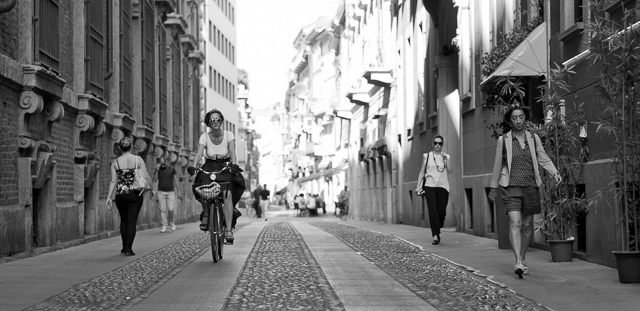
Milano. Leica TL2 with Leica TL2 with Leica 50mm Summilux-M ASPH f/1.4 Black Chrome. © Thorsten Overgaard.
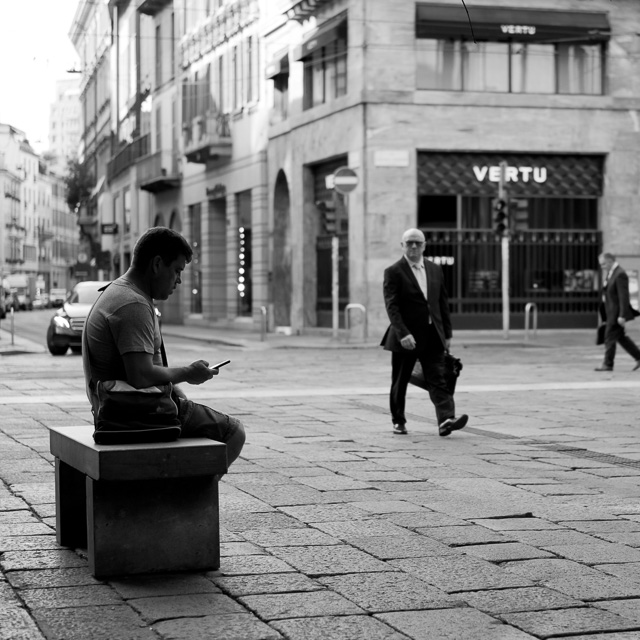
Morning rhythm in Milano. Leica TL2 with Leica 35mm Summilux-TL ASPH f/1.4. © Thorsten Overgaard.
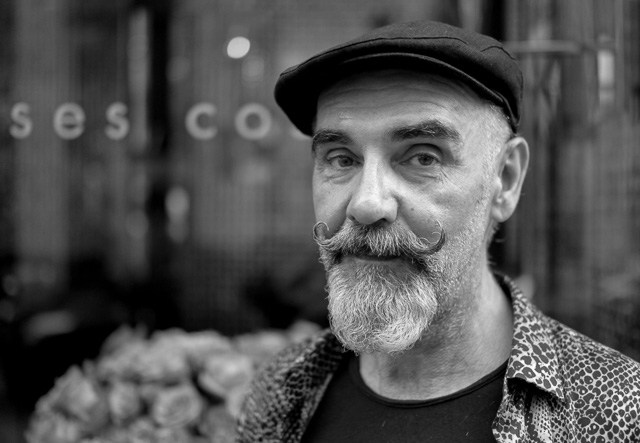
Street portrait in Paris. Leica TL2 with Leica 35mm Summilux-TL ASPH f/1.4. © 2017 Thorsten Overgaard.

Paris. Leica TL2 with Leica 35mm Summilux-TL ASPH f/1.4. © Thorsten Overgaard.

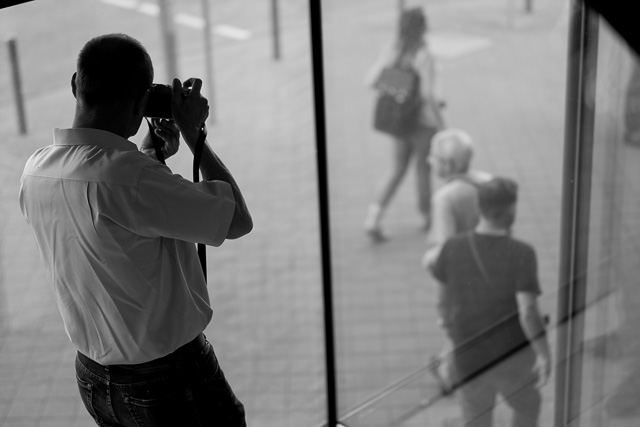
Frankfurt workshop. Leica TL2 with Leica 50mm Summilux-SL ASPH f/1.4. © Thorsten Overgaard.

Jardin des Tuileries in Paris. Leica TL2 with Leica 35mm Summilux-TL ASPH f/1.4. © Thorsten Overgaard.

Jardin des Tuileries in Paris. Leica TL2 with Leica 35mm Summilux-TL ASPH f/1.4. © Thorsten Overgaard.
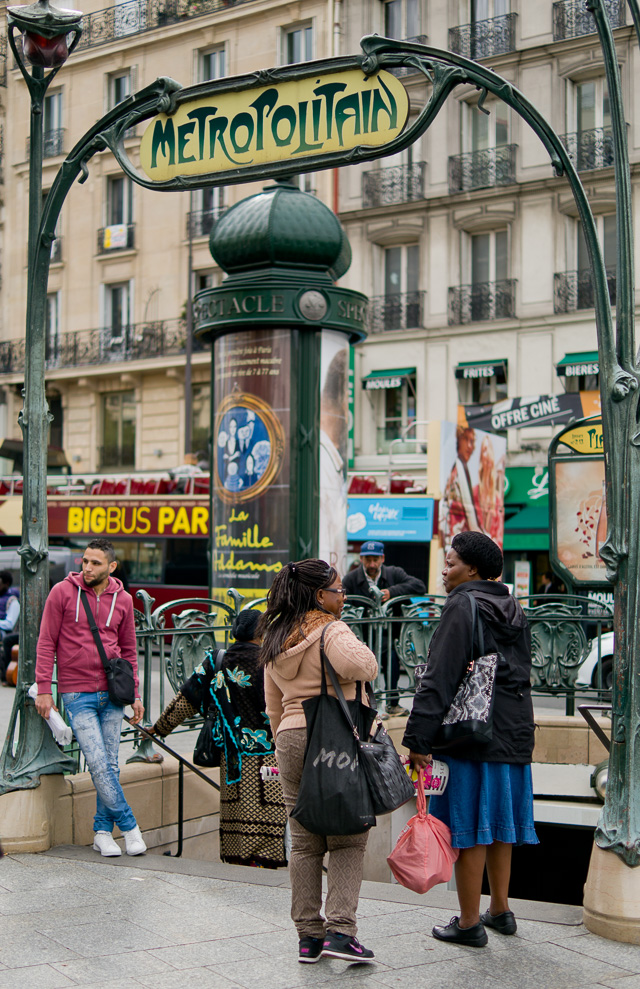
The Metropolitan in Paris. Leica TL2 with Leica 35mm Summilux-TL ASPH f/1.4. © Thorsten Overgaard.
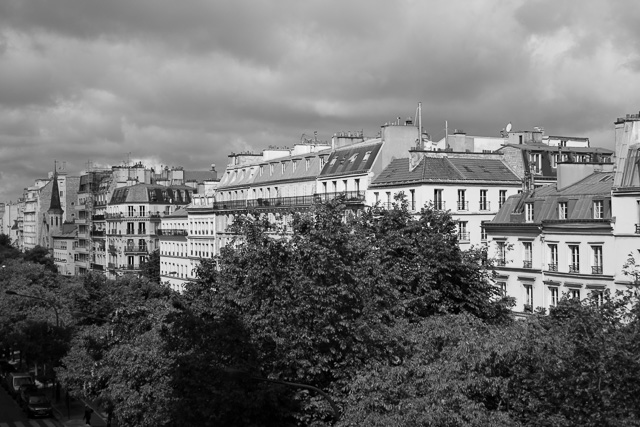
Leica TL2 with Leica 35mm Summilux-TL ASPH f/1.4. © Thorsten Overgaard.
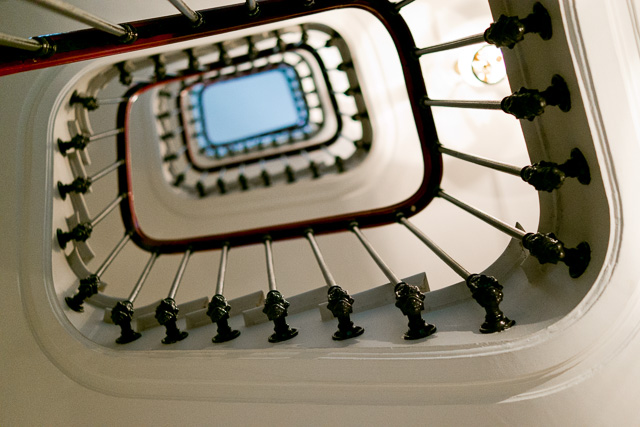
Leica TL2 with Leica 35mm Summilux-TL ASPH f/1.4. © Thorsten Overgaard.
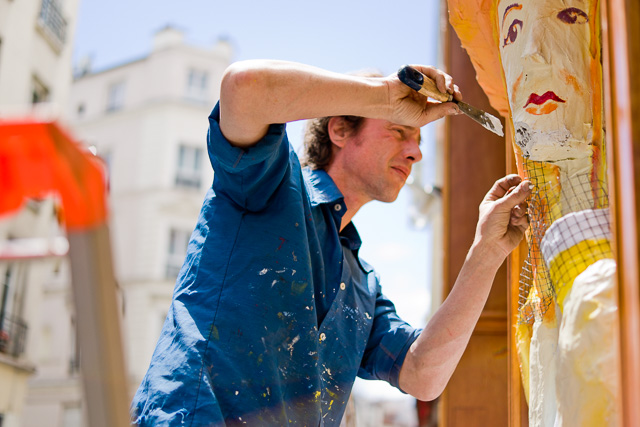
An artist working on a sculpture outside LUSH Bar in Paris. Leica TL2 with Leica 35mm Summilux-TL ASPH f/1.4. © Thorsten Overgaard.

An artist working on a sculpture outside LUSH Bar in Paris. Leica TL2 with Leica 35mm Summilux-TL ASPH f/1.4. © Thorsten Overgaard.
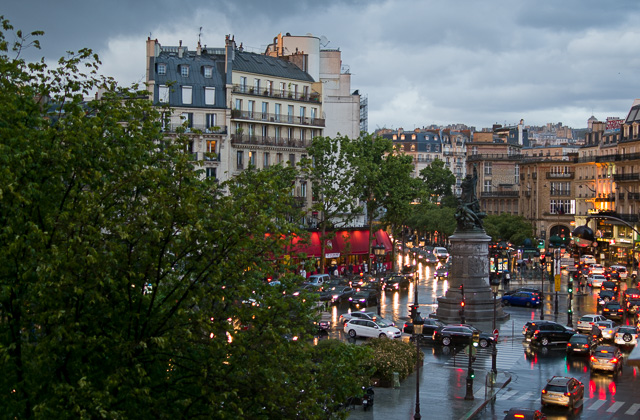
Place de Clichy in Paris. Leica TL2 with Leica 35mm Summilux-TL ASPH f/1.4. © Thorsten Overgaard.
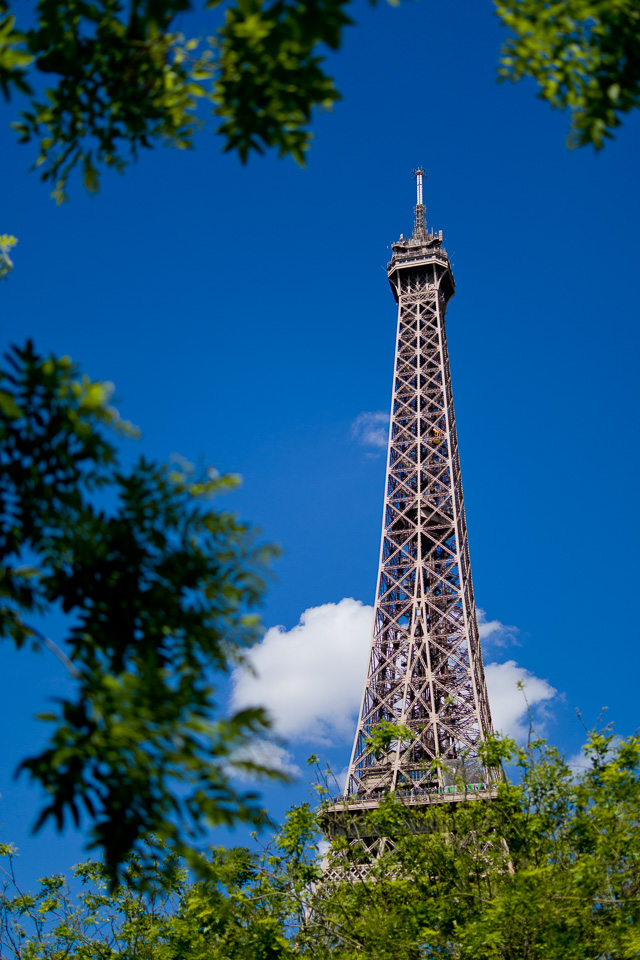
The Eiffel Tower in Paris. Leica TL2 with Leica 35mm Summilux-TL ASPH f/1.4. © Thorsten Overgaard.
| |
|
|
|
|
| |
Buy the new eBook
"A Little Book on Photography"
by Thorsten von Overgaard |
|
| |
|
|
|
|
| |

Order now - Instant delivery.
More info
★
★
★
★
★
★ |
|
It's a humorous understatement to call this
new eBook by Thorsten Overgaard for
"A Little Book on Photography".
It's a grand book, a history lesson, life experience, a biography and poetry book and brilliant photo book!
All in one beautiful package of 180 pages
to fire you up and get you to love
photography ... unconditionally!
"A Little Book on Photography"
eBook for computer, Kindle and iPad.
New release March 2017.
Intro price only $47 - 180 pages.
| |
|
|
| |
Buy Now

Instant Delivery |
|
| |
|
|

|
|
| |
|
|
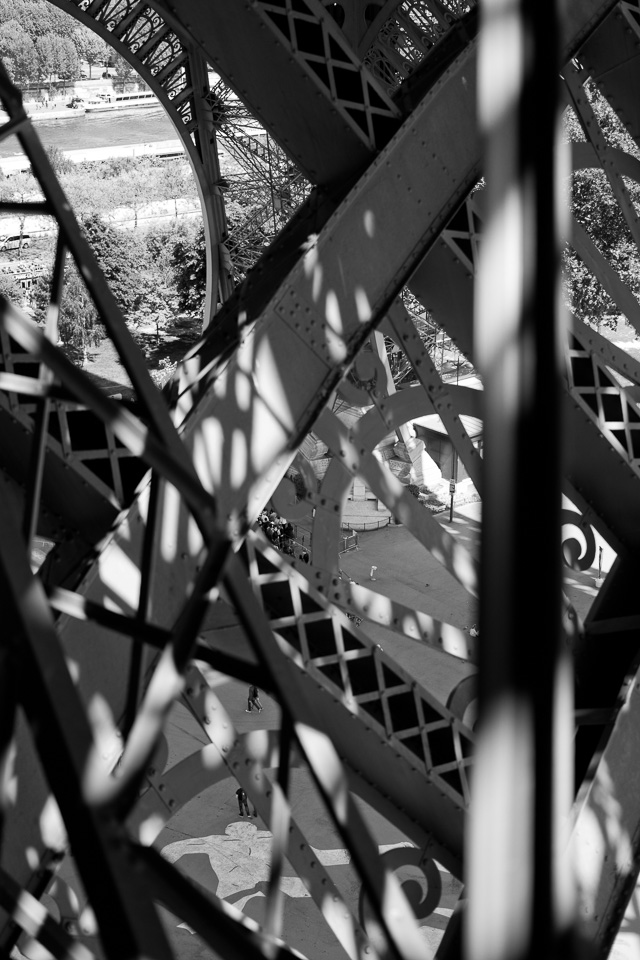
The Eiffel Tower in Paris. Leica TL2 with Leica 35mm Summilux-TL ASPH f/1.4. © Thorsten Overgaard.
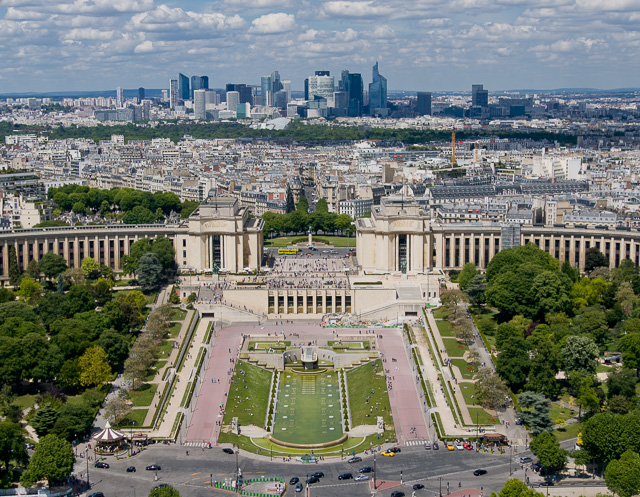
Paris. Leica TL2 with Leica 35mm Summilux-TL ASPH f/1.4. © Thorsten Overgaard.
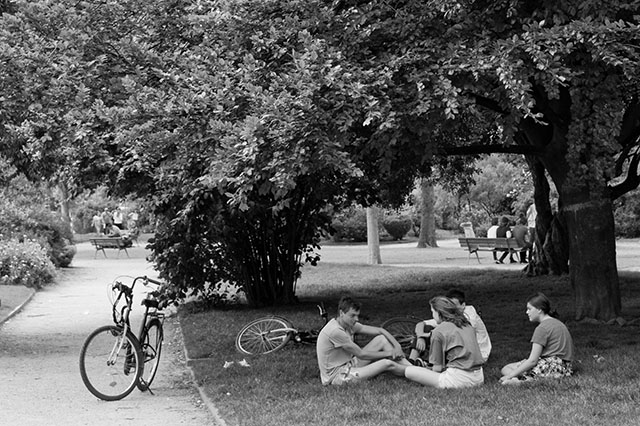
Under the Eiffel Tower in Paris. Leica TL2 with Leica 35mm Summilux-TL ASPH f/1.4. © Thorsten Overgaard.
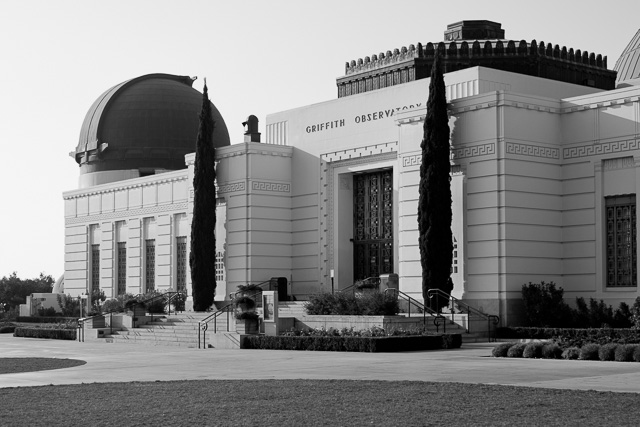
The Griffith Observatory, Los Angeles. Leica TL2 with Leica 35mm Summilux-TL ASPH f/1.4. © Thorsten Overgaard.
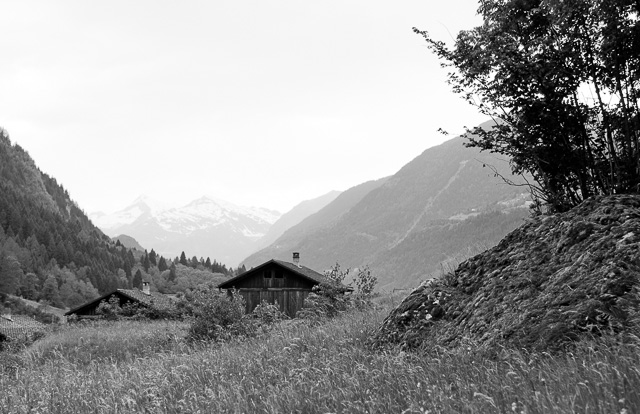
The mountains of Switzerland. Leica TL2 with Leica 35mm Summilux-TL ASPH f/1.4. © Thorsten Overgaard.
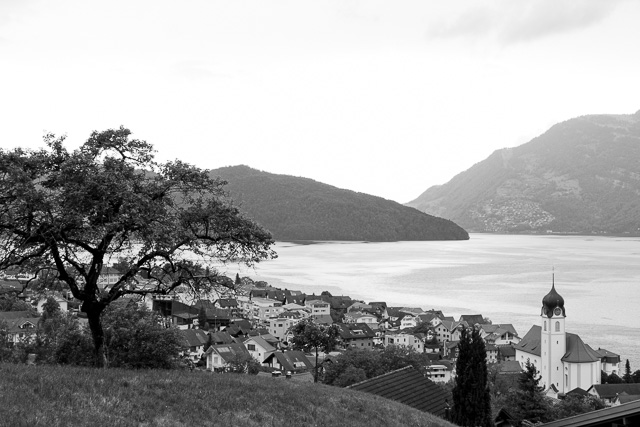
Beckenreid in Switzerland. Leica TL2 with Leica 35mm Summilux-TL ASPH f/1.4. © Thorsten Overgaard.
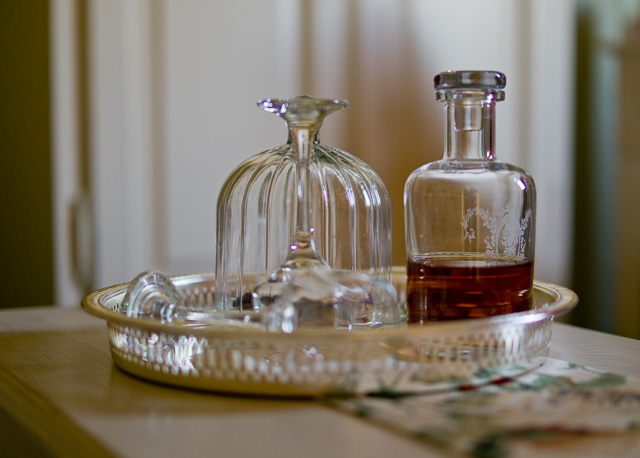
Hotel Goethe, Wetzlar. Leica TL2 with Leica 35mm Summilux-TL ASPH f/1.4. © Thorsten Overgaard.
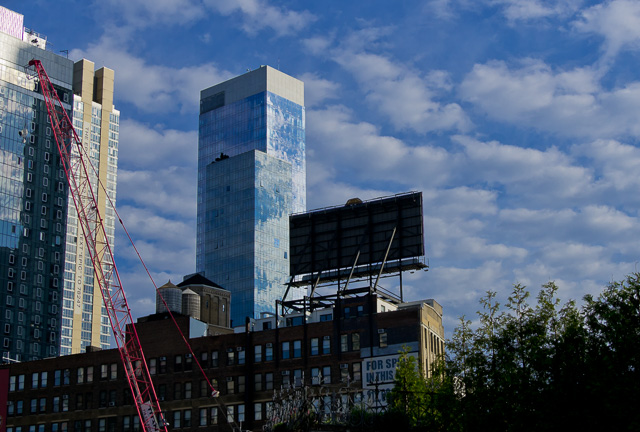
New York. Leica TL2 with Leica 35mm Summilux-TL ASPH f/1.4. © Thorsten Overgaard.

Stumptown Coffee, New York. Leica TL2 with Leica 35mm Summilux-TL ASPH f/1.4. © Thorsten Overgaard.
| |
|
|
|
|
| |
New from Thorsten Overgaard:
"Leica TL2 Video Class" |
|
| |
|
|
|
|
| |
 |
|
Thorsten Overgaard
Leica TL2/TL/T
Video Course
Quickstart TL2 Video Course
Enjoy this easy to use video class with
Thorsten Overgaard going over everything you need
to know to enjoy the Leica TL2.
Everything on focusing, adapters, white balance,
settings, the complete menu ... and much more.
For computer, iPad, smartphone and Kindle.
Buy Now. Only $179.00
100% satisfaction or 100% return.
|
|
| |
#1792-0817 |
|
Order now. Instant delivery. |
|
| |
|
|
|
|
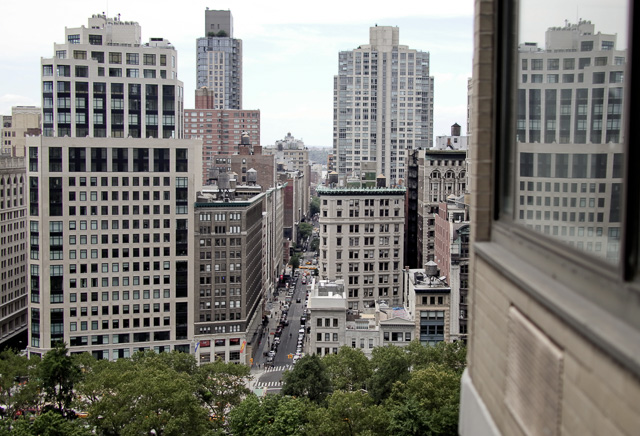
A view over Madison Square Park in New York. Leica TL2 with Leica 35mm Summilux-TL ASPH f/1.4. © Thorsten Overgaard.
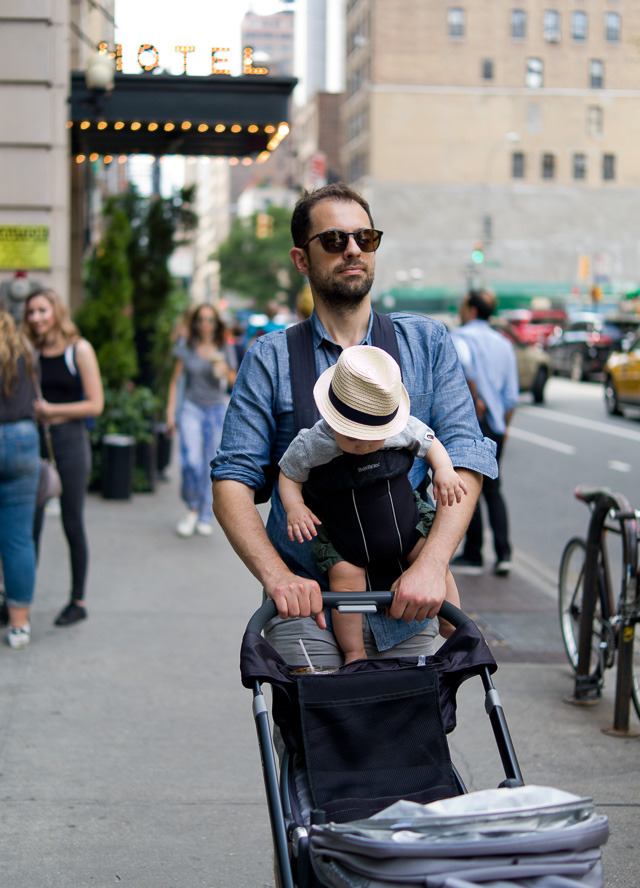
29th Street in New York. Leica TL2 with Leica 35mm Summilux-TL ASPH f/1.4. © Thorsten Overgaard.
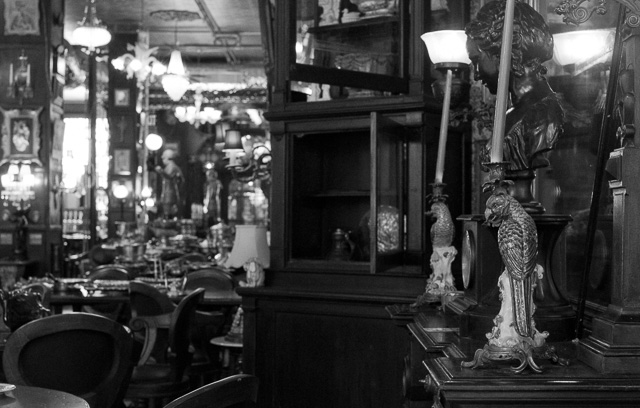
Alexander Dumas Cafe in New York. Leica TL2 with Leica 35mm Summilux-TL ASPH f/1.4. © Thorsten Overgaard.
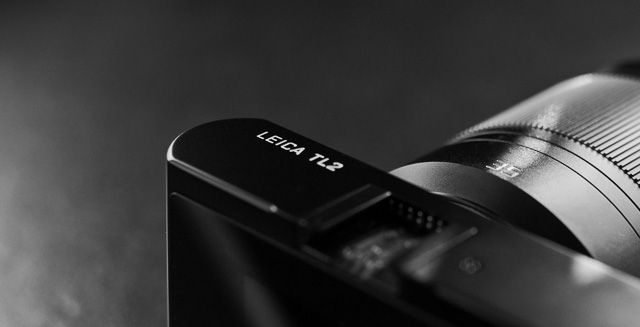
Leica TL2 with Leica 35mm Summilux-TL ASPH f/1.4. © Thorsten Overgaard.

Comparison of the
Leica TL2, Leica TL, Leica M10, Leica M10 and Leica Q
Here is a comparison chart of the Leica M digital camera models
| Model |
Leica TL2 |
Leica TL
|
Leica M10 |
Leica M240
and M-P 240 |
Leica Q |
| Nickname |
|
|
|
|
"Hemingway" |
| Start |
07/2017 |
10/2016 |
01/2017 |
11/2014 |
06/2015 |
| End |
- |
2017 |
- |
- |
- |
| MP |
24 |
16 |
24 |
24 |
24 |
| Sensor |
CMOS |
CMOS |
CMOS |
CMOS |
CMOS |
| Sensor bit |
14 bit |
14 bit |
14 bit |
14 bit |
14 bit |
| Format |
APS-C |
APS-C |
24x36 |
24x36 |
24x36 |
| AA filter/Low-Pass |
None |
None |
None |
None |
None |
| Video |
Yes
4K 30fps MP4 |
Yes
HD 1080 30fps |
No |
Yes |
Yes
HD 1080p60 |
| Adapters |
Leica SL
Leica S
Leica Cine
Leica M
Leica R
E39 screw
Nikkor
Canon
|
Leica SL
Leica S
Leica Cine
Leica M
Leica R
E39 screw
Nikkor
Canon
|
Leica R
Leica Cine
E39
Nikkor
Canon |
Leica R
Leica Cine
E39
Nikkor
Canon |
None
Fixed lens
28/1.7
(Built-in Macro)
|
| Shutterless |
No |
No |
No |
No |
Yes |
| Mirrorless |
399 g |
Yes |
Yes |
Yes |
Yes |
| Shutter speed |
30 seconds - 1/40,000 |
30 seconds - 1/4000 |
60 seconds -
1/4000 |
30 seconds -
1/4000 |
30 seconds - 1/16,000 |
| Manual focus |
Yes
3x/6x focus peaking (zoom) |
Yes |
Yes
10x focus aid |
Yes
Focus aid |
Yes |
| Auto focus |
Yes
Fast: 15/100 sec |
Yes
46/100 sec |
No |
No |
Yes
15/100 sec |
| Frames per second (burst) |
7 fps
(mechanical shutter)
20-29 fps
(digital shuitter) |
3 |
5 |
3.7 |
10 |
| Live View |
Yes |
Yes |
Yes |
Yes |
Yes |
EVF electronic
viewfinder |
Extra
(Visoflex 0200)
|
Extra
(Visoflex 0200) |
Extra
(Visoflex 0200)
|
Extra
(EVF-2) |
Yes
Integrated 3,680,000 |
| Frame lines |
|
|
LED |
LED |
LED
35mm
and 50mm |
| DNG |
DNG |
DNG |
DNG |
DNG |
DNG |
| JPG |
24 MP JPG |
16 MP JPG |
24 MP JPG |
24 MP JPG |
24 MP JPG |
| Base ISO |
200
100-50,000 |
200 |
150
100-50,000 |
200
(200-6,400) |
100-50,000 |
| Actual Max ISO |
50,000 |
6400 |
10,000 |
3200 |
6400 |
| Max ISO (PUSH) |
|
25,600 |
50,000 |
6400 |
50,000 |
| Processor |
Maestro II
|
Maestro |
Maestro II |
Maestro |
Maestro II
"Q-edition" from
SocioNext Inc |
| Buffer |
32 GB internal memory/buffer |
16 GB internal memory/buffer |
2 GB |
M240: No
M-P 240: 2GB |
No, but fast data transmission using the Leica S medium format Maestro Processor |
| Frame selector |
|
|
Yes |
M240: No
M-P 240: Yes |
Electronic
28mm
35mm
50mm |
| USB port |
Micro USB 3
USB-C |
Micro USB 2 |
No |
Extra |
Micro USB |
| HDMI |
Micro HDMI 1.4 |
Micro HDMI 1.0 |
|
Extra |
Micro HDMI |
| Microphone |
Stereo
|
Stereo
|
No |
Mono
Stereo
Extra |
Stereo
|
| GPS |
Yes
(when Visoflex
0200 EVF
is attached) |
Yes
(when Visoflex
0200 EVF
is attached) |
Yes
(when Visoflex 0200 EVF
is attached) |
Extra |
No |
| WiFi |
Yes |
Yes |
Yes |
No |
Yes |
| Remote Control |
Yes
Via smartphone
Leica TL App |
Yes
smartphone
Leica TL App |
Yes
Via smartphone
Leica TL App |
Leica Image Shuttle USB to Multifunctional Handgrip |
Yes
Via smartphone
Leica Q App |
| Battery time |
400
images |
|
500-800
images |
800-2000 images
400-800 in Live View |
300
images |
| Screen |
3.7"
1.300,000 |
|
Sapphire |
M240: Gorilla
M-P: Sapphire |
1,040,000 |
| Touch screen |
Yes
8x faster than TL |
Yes |
No |
No |
Yes |
| Weather sealed |
|
|
Yes |
Yes |
|
| Weight |
399g
body only
w/battery |
399g
body only
w/battery |
670g
body only |
680g
body only |
640g
with lens |
| Digital color filters for B&W JPG |
No |
No |
No |
Built-in |
No |
| Color temperature |
AWB, Manual, Tungsten and a number of other presets. |
AWB, Manual, Tungsten and a number of other presets. |
|
2000
- 13100 |
2000
- 12,000 |
| Price EVF |
$600 |
$600 |
$600 |
$500 |
Included |
| Software |
Includes 90 day Adobe CC trial
|
Includes 90 day Adobe CC trial
|
Includes 90 day Adobe CC trial
|
Includes 90 day Adobe CC trial |
Includes 90 day Adobe CC trial |
| Lens |
Leica TL
Leica SL |
Leica TL
Leia SL |
M series
18 to 135mm
From f/0.95 |
M series
18 to 135mm
From f/0.95 |
Fixed Leica Summilux-Q ASPH
28/1.7 |
| Macro lens |
Via adapter
or
60mm TL |
Via adapter
or
60mm TL |
Via adapter |
Via adapter |
Built-in |
| Diopter |
In EVF |
In EVF |
In EVF |
In EVF |
Yes |

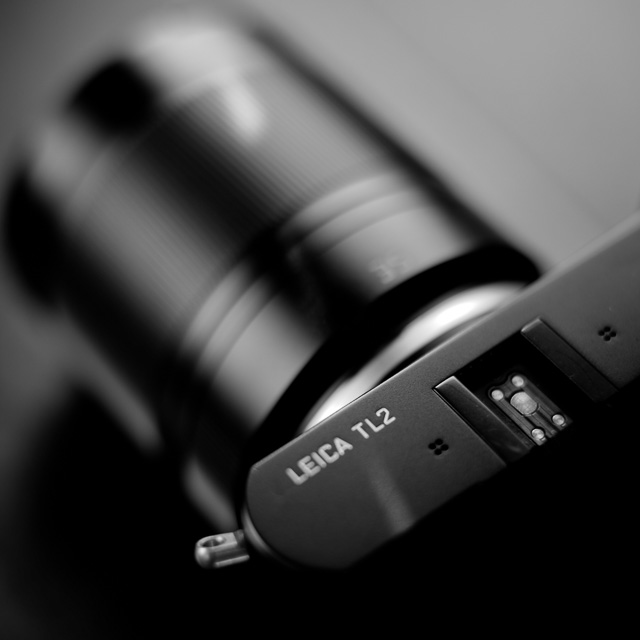
Leica TL2 with Leica 35mm Summilux-TL ASPH f/1.4. © Thorsten Overgaard.
Leica TL2 Definitions:
AF = Auto Focus. The idea is that the camera does the focusing itself (the word auto comes from Greek "self").
AF Assist Lamp = The little red lamp on the top right front of the Leica TL2 that will light up in dark places so as to help the Auto Focus to see in the dark. If you put a hand in front of the lens and press the shutter release button, you can see it in action. The AF assist lamp can be turned off in the menu.
Aperture = (also written as f/) = The metal blades inside a camera lens that regulates how much light passes through the lens. On a f/1.4 lens, the lens is "fully open" at f/1.4. At f/2.0 the aperture inside the lens make the hole through the lens smaller so only half the amount of light at f/1.4 passes through. For each f/-stop (like f/4.0 - f/5.6 - f/8.0 - f/11 - f/16) you halve the light. The f/ fundamentally means "f divided with": The aperture of the lens is basically the focal length divided with the f/-stop = size of the hole (50mm divided with f/2.0 = the hole is 25 mm in diameter, or 50mm at f/1.4 is 50mm divided with 1.4 = the hole throug is 36mm. ). ORIGIN: Late Middle English : from Latin apertura, from apert- ‘opened,’ from aperire ‘to open’.
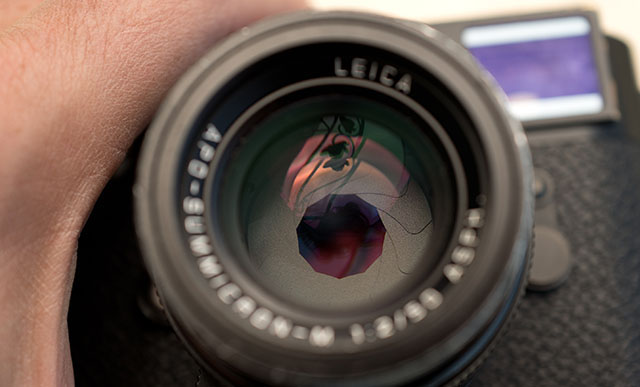
The aperture blades inside the lens is clearly visible in this photo.
ASPH = stands for "aspheric design".
Most lenses have a spherical design - that is, the radius
of curvature is constant. These are easy to manufacture by
grinding while "spinning" the glass. This design
however restricts the number of optical corrections that can
be made to the design to render the most realistic image possible.
ASPH lenses, however, involve usually 1 element that does
*not* have a constant radius of curvature. These elements
can be made by 1) expensive manual grinding, 2) molded plastic,
or 3) Leica's patented "press" process, where the element
is pressed into an aspherical ("non-spherical")
shape. This design allows Leica to introduce corrections
into compact lens designs that weren't possible before. Practically,
the lens performs "better" (up to interpretation)
due to increased correction of the image, in a package not
significantly bigger than the spherical version. Sphere: ORIGIN Middle English : from Old French espere, from late Latin sphera, earlier sphaera, from Greek sphaira "ball".
| |
|
|
 |
| Normal spheric lens (grinded) |
|
ASPH (note the shape of the glass as result of pressing rather than grinding) |
Banding = Noise in digital images. Horizontal lines in a horizontal picture (if the camera is in portrait mode/vertical, the lines will be obviously be vertical). It's simply noise; the result of uncontrolled algorithms working overtime with an image the sensor really can't see because it's very dark. (If your image has vertical lines in it, it is more likely that the sensor needs remapping).
Bokeh = The visual quality of the out-of-focus areas of a photographic image, especially as rendered by a particular lens: It's a matter of taste and usually photographers discuss a 'nice' or 'pleasant' bokeh (the out-of-focus area is always unsharp why the quality discussed is if one likes the way it renders or not by a particular lens). The closer you get to something, the 'more' bokeh' you get (in that the focus becomes less for the background and foreground at close distances than at long distances). ORIGIN from Japanese 'bo-ke' which mean 'fuzzines' or 'blur.'.

Bokeh: The visual quality of the out-of-focus areas of a photographic image. Photo at Bar del Fico in Rome. Leica TL2 with Leica 35mm Summilux-TL ASPH f/1.4. © 2017 Thorsten Overgaard.
C = Continuous shooting. The Leica TL2 offers two possibilities in the menu: 1) Single, where the Leica TL2 takes one picture when the shutter release is pressed, and 2) Continuous, where it takes 7 - 29 photos a second as long as the shutter release button is pressed down. (7 fps at shutter times 1/125-1/4000 where it uses mechanical shutter, and 20-29 fps at 1/4100 - 1/40,000 where it uses digital shutter.
Camera - is today’s short name for Camera Obscura (meaning “a dark room”). Camera means Chambre and was used only as a Latin or alien word, actually only for Spanish soldiers’ rooms, until popularized in connection with photography in 1727: “Camera Obscura”. In 1793 the slang term “camera” was used by Sterne Tr. Shandy: “Will make drawings of you in the camera” and by Foster (1878), “The eye is a camera”. Camera Obscura was described by Iraqi scientist Ibn-al-Haytham in his book, “Book of Optics” (1021) and by Leonardo da Vinci in 1500; popularized and made widely known in 1589 by Baptista Porta when he mentioned the principle in his book “Natural Magic”. Johannes Kepler mentions Camera Obscura in 1604.
Camera = chambre (room), Obscura = dark (or cover).
Central Shutter = Some lenses, for example the Leica S lenses and the Leica Q where a shutter is located in the lens itself. In most cameras there is a shutter curtain just in front of the sensor, and in SLR (Single Lens Reflex) cameras there is also a mirror in front of the shutter curtain.
In the Leica T/TL/TL2 the shutter is in front of the sensor, but only acts to "refresh" the sensor. In the Leica TL2, there is a mechanical shutter curtain from 30 sec. to 1/4000 shutter times, and digital shutter from 1/4100 to 1/40,000 shutter times. A digital shutter is simply "turning on/off the recording of the sensor.
CMOS sensor (as used in Leica T/TL/TL2, Leica SL, Leica Q, Leica M10, Leica X, Leica D-Lux, etc.)
= (Complimentary Metal Oxide Semiconductor) chips use transistors at each pixel to move the charge through traditional wires. This offers flexibility because each pixel is treated individually. Traditional manufacturing processes are used to make CMOS. It's the same as creating microchips. Because they're easier to produce, CMOS sensors are cheaper than CCD sensors. CMOS allow Live View and use less energy than CCD.
Contrast - The degree of difference between tones in a picture. Latin contra- ‘against’ + stare ‘stand.’
Digital Shutter = A digital shutter is simply "turning on/off the recording of the sensor. In the "old days" this had to be done with an actual mechanical shutter curtain; a metal curtain in front of the sensor (or film) that goes up for 1/125th of a second, for example. In the Leica TL2, there is a mechanical shutter curtain from 30 sec. to 1/4000 shutter times, and digital shutter from 1/4100 to 1/40,000 shutter times.
Digital Zoom = In some cameras (but not the Leica TL2), there exist a possibility to enable "digital zoom", which basically means the camera can zoom closer into something than the lens is actually designed to. The way digital zoom works traditionally is that the camera simply crops the picture; so you get closer, but without resolution. In other words, it's the same as if you took a normal photo and then cropped into the center of it.
DIS = Digital Image Stabilization. This is a feature often offered in video recorders and sometimes for tele lens still photography (so as to avoid motion blur when the lens is moving during slow shutter speeds).
| |
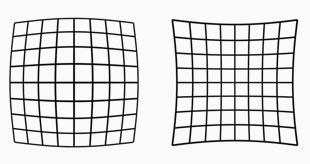 |
| |
Lens distortion looks like this. The lines are not straight. Our eye uses distortion correction. Lens designers can design lenses so they have very little distortion, or they can make less complicated lens designs and "fix" the distortion in software. |
| |
|
Distortion = In photo optics/lenses: When straight lines in a scene don't remain straight because of optical aberration.
Lens designers can correct for distortion to a degree so the whole image field is perfect corrected and all lines remain straight. In modern lens design many designs rely on Software Distortion Correction (SDC).
The eye adjusts for distortion so we always see vertical and horizontal lines straight when we look at things. Even when you get new prescription glasses (if you use such), you will often experience distortion in your new glasses. After a few days they eyes have adjusted for the glasses and the distortion you saw to begin with is now gone. Software Distortion Correction (SDC) is far behind what the human eye can perform of adjustments. (Also see my definition on Perspective for more on the eye and optics)
DNG = Digital Negative, an open standard developed by Adobe. It is a single file that contains the raw image data from the sensor of the camera as well as date, time, GPS, focal length, settings, etc.
The alternative is a RAW file + XLM file where the RAW file contains the image information and the XML contains the rest of information about where, how and when the picture was taken.
A Camera Raw profile (that is specific for that camera) in the computert fact
helps the software program, for example Adobe Lightroom, to translate the RAW data into the image.
DOF = Depth of Field. This is how much of the image will be in focus. Shallow DOF is a generally used term in photography that refer to lenses with very narrow focus tolerance (which can be used to do selective focus; for artistic reasons or for specific storytelling, like making irrelevant subjects in the foreground and background blurry so only the subjects of essence are in focus and catches the viewers eye).
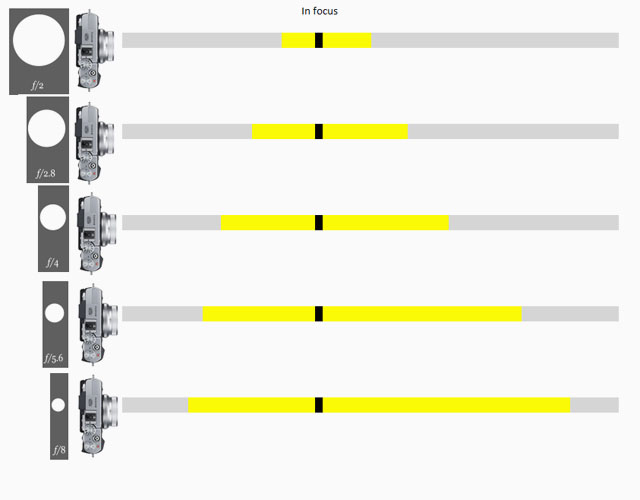
Depth Of Field scale from Fujifilm.
Depth - Distance between front and back. Distance from viewer and object.
Dynamic range. The grade of ‘contrast range’ (or number of tones) a film or sensor, or simply a photograph, possess between bright and dark tones. The human eye is said to have a dynamic range of 10-14 ‘stops’ (but because we scan area by area and compile a concept of the overall scene, they eye is often thought to have a much higher dynamic range), Film used to have 7-13 ‘stops’ and some modern sensors have up to 15-17 ‘stops’.
Elmarit = Refers to the maximum lens aperture - here f2.8 . The name is obviously derived from the earlier (and slower) "Elmar" designation. Not every f/2.8 lens is called an "Elmarit" though, the most obvious current exception being the 50mm f2.8 Elmar-M collapsible lens which for nostalgia and marketing reasons has kept the original 1930's Elmar name (the 50mm f3.5 collapsible Elmar, manufactured 1930-59, was one of Leica's most famous and popular lenses).
EVF = Electronic ViewFinder. The Leica T/TL/TL2 uses the Leica Visoflex model 0020.
Exposure Bracketing = The possibility to set the camera to automatically record a series of images where the exposure is above and below what the camera measures. The idea is that at least one of the images will be correctly exposed.
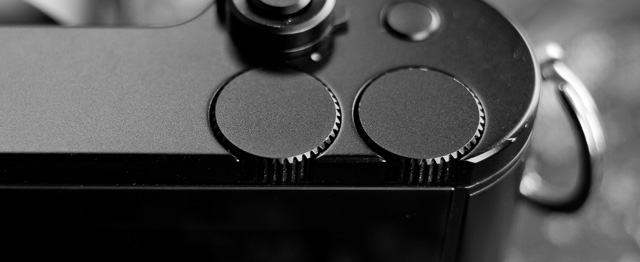
The Leica TL2 has two Function wheels, as well as one Function button.
Fn = Short for Function. It's a button you can program. On the Leica TL2 it is the Fn/video button on top of the camera that can be set to do one of three things when you press it: 1) Start video recording 2) Show the image in the EVF only, or 3) Play preview of images in the memory.
The Leica TL2 further has two Function wheels on top, which can be programmed to various things in different exposure modes. For example in Manual focus, the left wheel could be focus zoom 3x/6x and the right wheel could be f-stop. In other modes such as Aperture Priority mode, the left wheel could be ISO speed and the right wheel could be f-stop.
On the screen you will see two boxes below the two Fn wheels in each mode, and if you tap with a finger, you will see a selection of possible other uses you can choose. Click on the feature you want for that wheel, and it changes to that (and stays like that until you change it). If you hold your finger longer on one of the boxes, you can lock/unlock that setting (for example if you want the F-stop to stay at f/1.4, you can lock that wheel so it doesn't accidentally change.
Focus, in - Sharp and clear in appearance. Focus - “The burning point (of a lens or mirror)”. In Latin the word focus meant fireplace or hearth. The word was probably first employed outside of its Latin literal use as “the burning point of a lens or mirror” in optics, and then came to mean any central point. The German astronomer Johannes Kepler first recorded the word in this sense in 1604.
| |
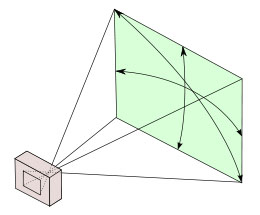 |
| |
A 28 mm lens has a 74° viewing angle |
| |
|
Focal length = (also written as f-) = On the Leica 35mm Summilux-TL ASPH f/1.4 it is 35mm and originally referred to the distance from the sensor (or film in older days) to the center of focus inside the lens. Nobody uses that measurement, except those who construct lenses! For users of lenses, focal length refers to how wide the lens sees. The viewing angle, which is often given in for example 90° viewing angle for a 21mm lens, 74° viewing angle for a 28mm lens, 6° viewing angle for a 400mm lens, etc.
Each human eye individually has anywhere from a 120° to 200° angle of view, but focuses only in the center.
The Leica TL2 has a APS-C sensor, which "crops" the traditional focal lengths with 1.5X, reducing the angle of view of view with 1.5X.
Full Frame (FF) = The size of the sensor is 24 x 36mm which is the format Oskar Barnack and Leica Camera AG invented with the first Leica that was introduced in 1925. Many other formats invented since, such as APS, APS-C and all usually refer to Full Frame ratio, by which it means what size they have compared to Full Frame.
| |
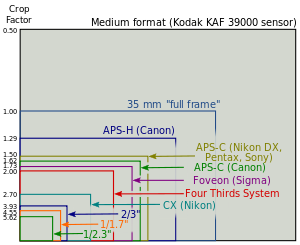 |
| |
Full Frame is "king of photography" |
| |
|
The 24 x 36mm Full Frame format is so "king of photography" that it has continued to be the ideal for all cameras. Besides this, there exists Large Format cameras such as 4x5" (100 x 125 mm) and Medium Format 6x6 (60 x 60mm amongst other sizes in that area).
ISO = Light sensitivity of the camera sensor is given in ISO (International Organization for Standardization). It's a standard that was used in film and is now used in all digital cameras also. The base ISO for the Leica TL2 sensor is around 100-150 which means that this is what the sensor "sees". All other levels are computer algorithms calculating the effect as if the sensor could "see" more (hence noise at higher ISO levels).
ISO goes in steps of doubling: When the ISO is raised from 100 ISO to 200 ISO, the camera only need half the amount of light to make the same picture. For each step in ISO to 400, 800, 1600, 3200, etc. the light sensitivity is doubled for the sensor (and the camera sensor only need half the light of the previous ISO to record the same image).

6400 ISO photo from Hollywood at night. Leica TL2 with Leica 35mm Summilux-TL ASPH f/1.4. © 2017 Thorsten Overgaard.
JPEG = A standard for picture format made in the 1990's by Joint Photographic Experts Group). Mostly referred to as JPG as in L1003455.JPG which would be the name for a JPG file from the camera.
Summicron = Refers to the maximum lens aperture - here f/2.0 . There are many guesses how this name came about, a popular one being that the "summi" came from "summit" (summit means the highest point of a hill or mountain; the highest attainable level of achievement) while the "cron" came from "chroma" (ie. for colour). Not so: The name (Summi)cron was used because the lens used Crown glass for the first time, which Leitz bought from Chance Brothers in England. The first batch of lenses were named Summikron (Crown = Krone in Deutsch). The Summi(cron) is a development from the orignal Summar (the 50mm f2.0 lens anno 1933)
Summilux = Refers to the maximum lens aperture - normally f1.4 , "-lux" added for "light" (ie. the enhanced light gathering abilities). In the Leica Q the lens is a Summilux even it is a f/1.7 and not f/1.4.
Leica = A compound word derived from " (Lei)tz" and "(ca)mera". Apparently they were originally going to use "LECA", but another camera company already used a similar name in France, so they inserted the 'i' to prevent any confusion.
Lens - A piece of glass or similarly transparent material (like water or plastic). It has a shape so that it can direct light rays. The word “Lens” is used both for single piece of glass as well as a camera lens with several lenses that works together. From ‘lentil’ because similar in shape.
Lens hood = A tube or ring attached to the front of a camera lens to prevent unwanted light from reaching the lens and sensor. ORIGIN Old English hod; related to Dutch hoed, German Hut 'hat,' also to hat.
Light = Tiny particles called photons that behaves like both waves and particles. Light makes objects visible by reflecting off of them, and in photography that reflecting off of subjects is what creates textures, shapes, colors and luminance. Light in its natural form (emanating from the sun) also gives life to plants and living things, and makes (most) people happier. So far, nobody has been able to determine exactly what light is. The word photography means “writing with light” (photo = light, -graphy = writing). Read more about light in my book Finding the Magic of Light.
Live View = This is the ability to see the image the sensor see, live, via the screen, or via an electronic viewfinder (EVF).
MACRO = Macro lens. The Leica 60mm APO-Elmarit-Macro ASPH f/2.8 is both a 60mm lens for portraits, landscapes, etc. as well as a near focus macro. The word macro comes from Greek makros ‘long, large.’
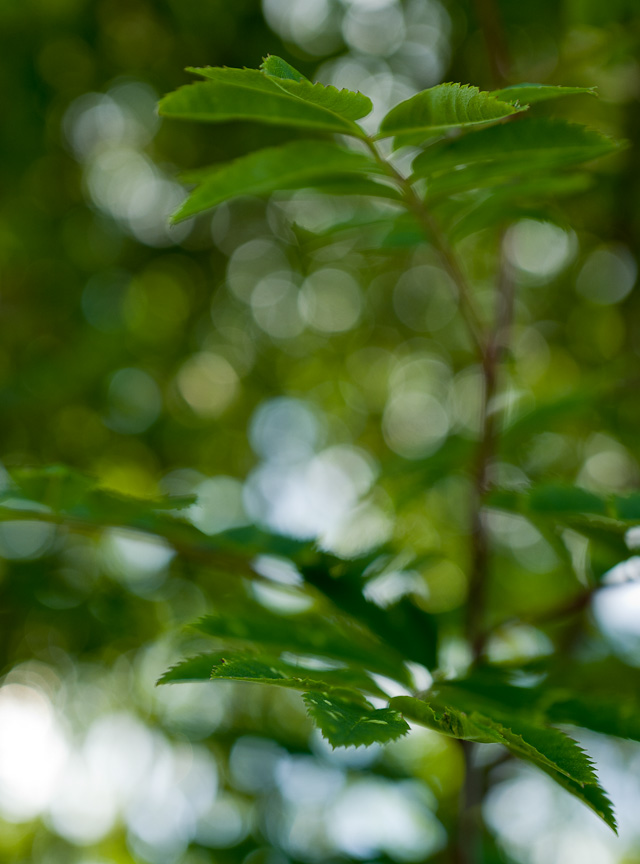
The word macro comes from Greek makros ‘long, large.’ The Leica 60mm APO-Elmarit-Macro ASPH f/2.8 is both a 60mm lens for portraits, landscapes, etc. as well as a near focus macro. © Thorsten Overgaard.
Maestro II - A processor developed first as Maestro for the Leica S2 and upgraded to Maestro II for the Leica S (Typ 007). The Leica Q has a Mestro II (Leica Q edition) processor developed by SocioNext Inc. based on Fujitsu's Mibeault architecture.
mm = millimeter(s), as in a 50mm lens. (Earlier in lens history lenses focal length was given in cm = centimeters; as in a 5 cm lens). For anyone used to centimeters and millimeters, it’s no wonder. But if you grew up with inches, feet and yards, you may have had a hard time grasping what a 50mm lens was. But as lenses were designed first in Europe, the metric system with centimeters and millimeters was used to describe lenses.
The reason a 50mm lens is a 50mm lens is that there is 50mm from the focus plane (the film or sensor) to the center of focus inside the lens. When photography was a young subject, it was engineers who made it all, and the users were expected to understand. The engineers were so into the making of the lenses, that it apparently never dawned upon them that today’s users would think of a 21mm lens as a wide angle lens rather than a lens where there is 21mm from the sensor to the center of focus inside the optics.
Optic = Eye or vision. From French optique or medieval Latin opticus, from Greek optikos, from optos ‘seen.’
Perspective - The way objects appear to the eye; their relative position and distance. Also, selective focus (foreground and background out of focus) can change the perception of perspective (also see Three-dimensional). A wide angle “widens” the perspective and makes objects further away appear smaller than they are to the eye, and objects nearer, relatively larger than they are to the eye. A tele lens will “flatten” the perspective and often objects further away will appear relatively larger than nearer objects, compared to sizes in real life. A 50mm lens is the one closest to the perspective and enlargement ratio of the human eye.
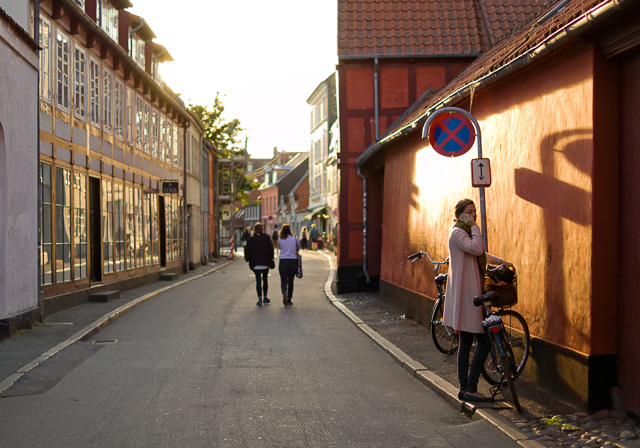
Perspective is relative position and distance. As here where the girl in front is more than two times taller than the peoplle walking, and 8 times taller than the people in the far background. Also, the parts of the buildings closer to the viewer are "taller" than the parts of the same building further away. Late afternoon sun in Denmark. Leica TL2 with Leica 35mm Summilux-TL ASPH f/1.4. © 2017 Thorsten Overgaard.
S = Single image. In the menu of the Leica TL2 you can choose between single image at the time, or Continuous where the Leica TL2 will shoot series of 20-29 pictures per second as long as you hold down the shutter release. In Single mode it takes only one photo, no matter how long you hold down the shutter release.
SDC = Software Distortion Correction. A correction of lens distortion (not straight lines) applied in the camera and which is part of the DNG file. In Lightroom the SDC of the camera file is applied automatically (and cannot be removed), in software like AccuRaw one can open the DNG file without the SDC correction. Sean Reid reviews have written a good article on what SDC is and does in "Software Distortion Correction".
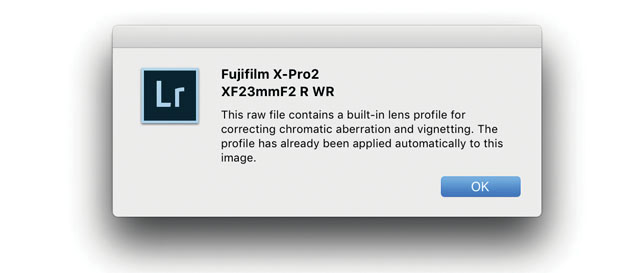
SDC (Software Distortion Correction): In Lightroom the correction profile for the Fujinon 23mm is applied automatically and cannot be turned off. If you go into Develop mode in Lightroom and look under Lens Correction > Profile, you will see a message in the bottom with an exclamation mark. When you click on that, you get the message above.
Sensor = A device that detects a physical property (like light) and records it. A camera sensor is a plane plate with thousands of small “eyes” with a lens in front of each, which each individually records the amount of red, green and blue light rays that comes through the lens. together Red, Green and Blue form all colors of the spectrum. From Latin sens- ‘perceived’
Saturation: How colorful, intense or pure the color is. Less saturation would be less colorful, more saturation would be more colorful. In today’s photography, desaturating a photo on the computer will gradually make it less and less colorful; and full desaturation would make it into a black and white photo.
Sharpness - See “Focus”
SLR = Abbreviation for Single-Lens Reflex; the lens that forms the image on the film/sensor also provides the image in the viewfinder via a mirror. The Leica Q has no traditional viewfinder and no mirror. the image seen in the EVF is what the sensor sees.
Summilux = Refers to the maximum lens aperture - here f1.4 , "-lux" added for "light" (ie. the enhanced light gathering abilities). In Leica terminology a Summilux is always a f/1.4 lens and a Summicron is a f/2.0 lens.
Three-dimensional = Having the three dimensions of height, width and depth. In photography and lens design, three-dimensional effect is also the perception of even small micro-details; the texture of skin can appear flat and dead or three-dimensional and alive. Also, selective focus (foreground and background out of focus) can change the perception of depth. Also see Perspective.
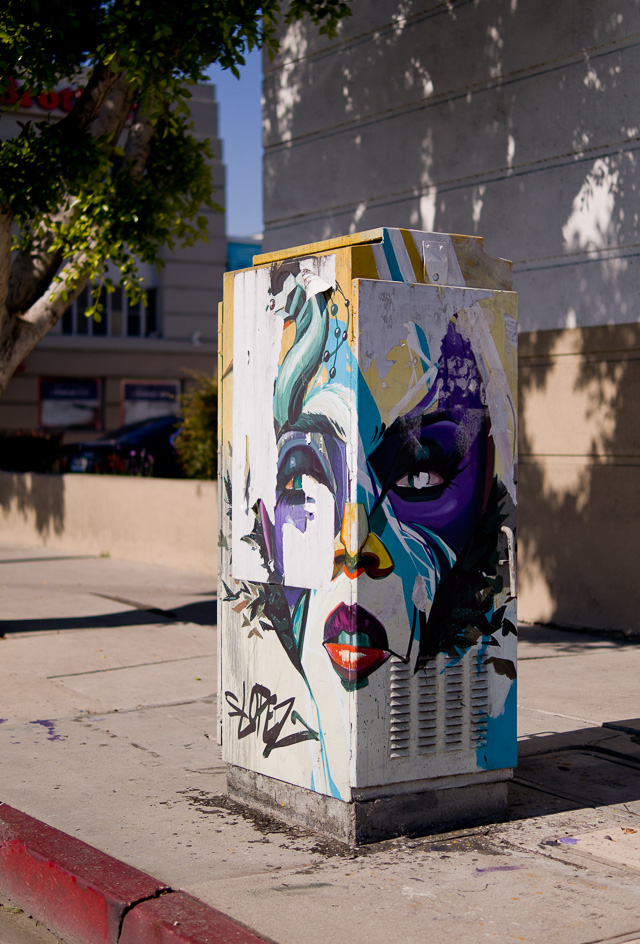
Three-dimensional = Having the three dimensions of height, width and depth. Melrose Avenue in Los Angeles. Leica TL2 with Leica 35mm Summilux-TL ASPH f/1.4. © 2017 Thorsten Overgaard.

To be continued ...
Sign up for the free newsletter to be the first to know.
Comments or ideas?
As always, feel free to send me an e-mail if you have questions, comments or suggestions. |
![]()
